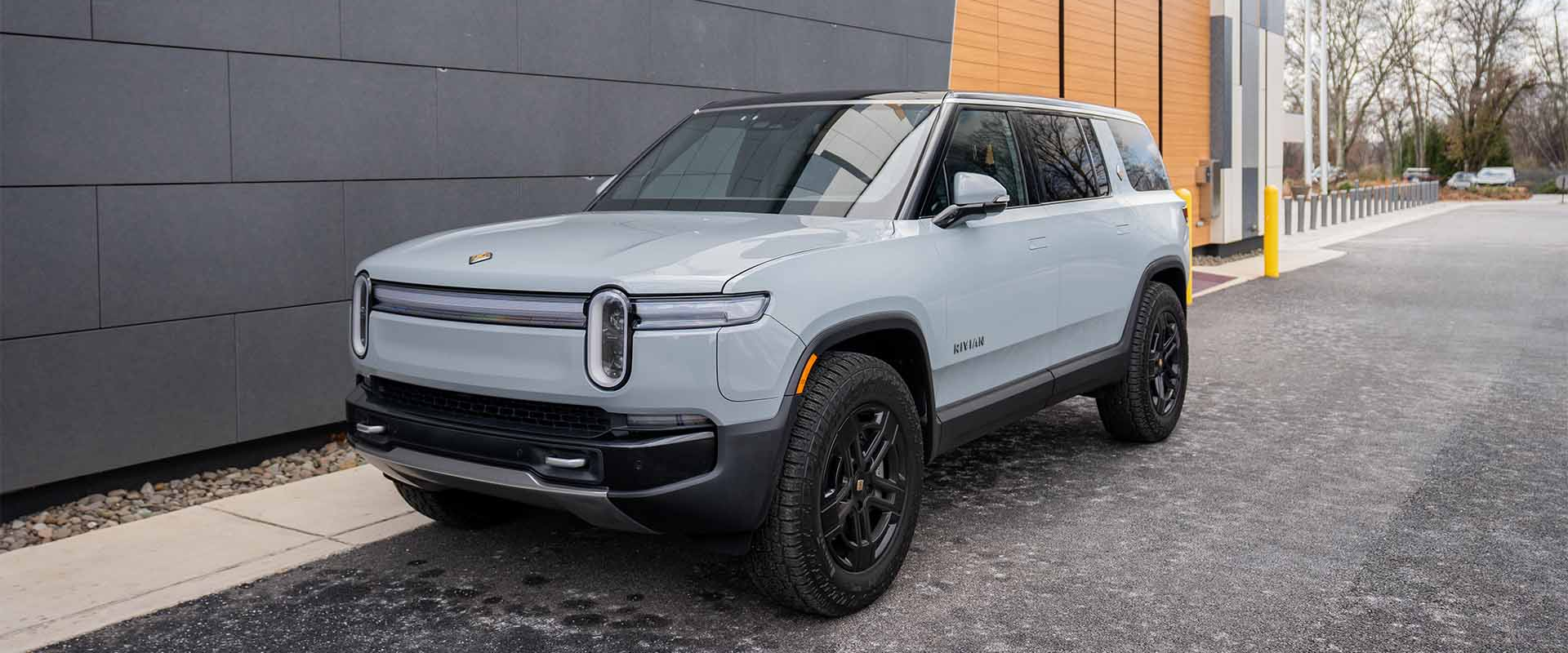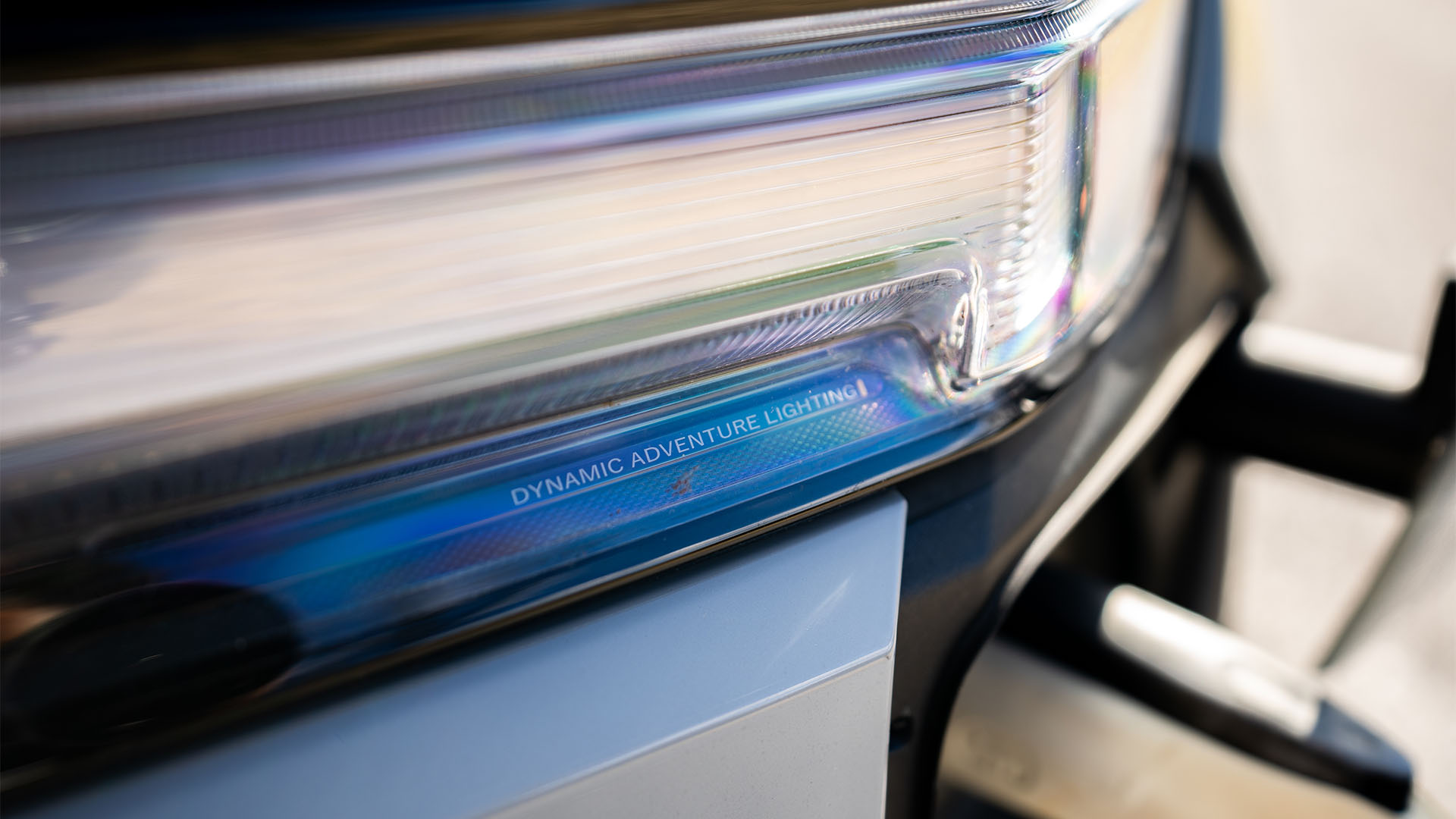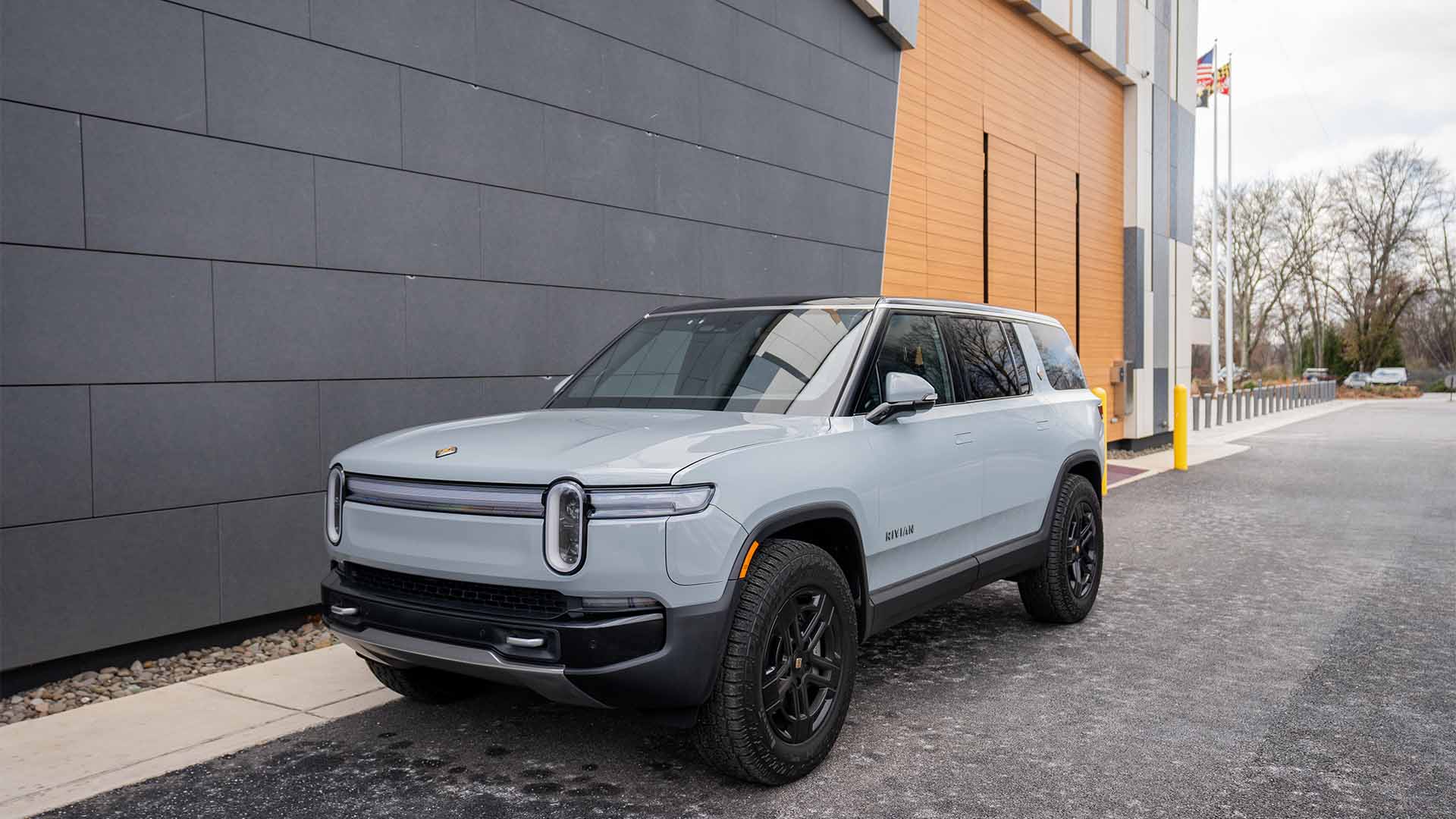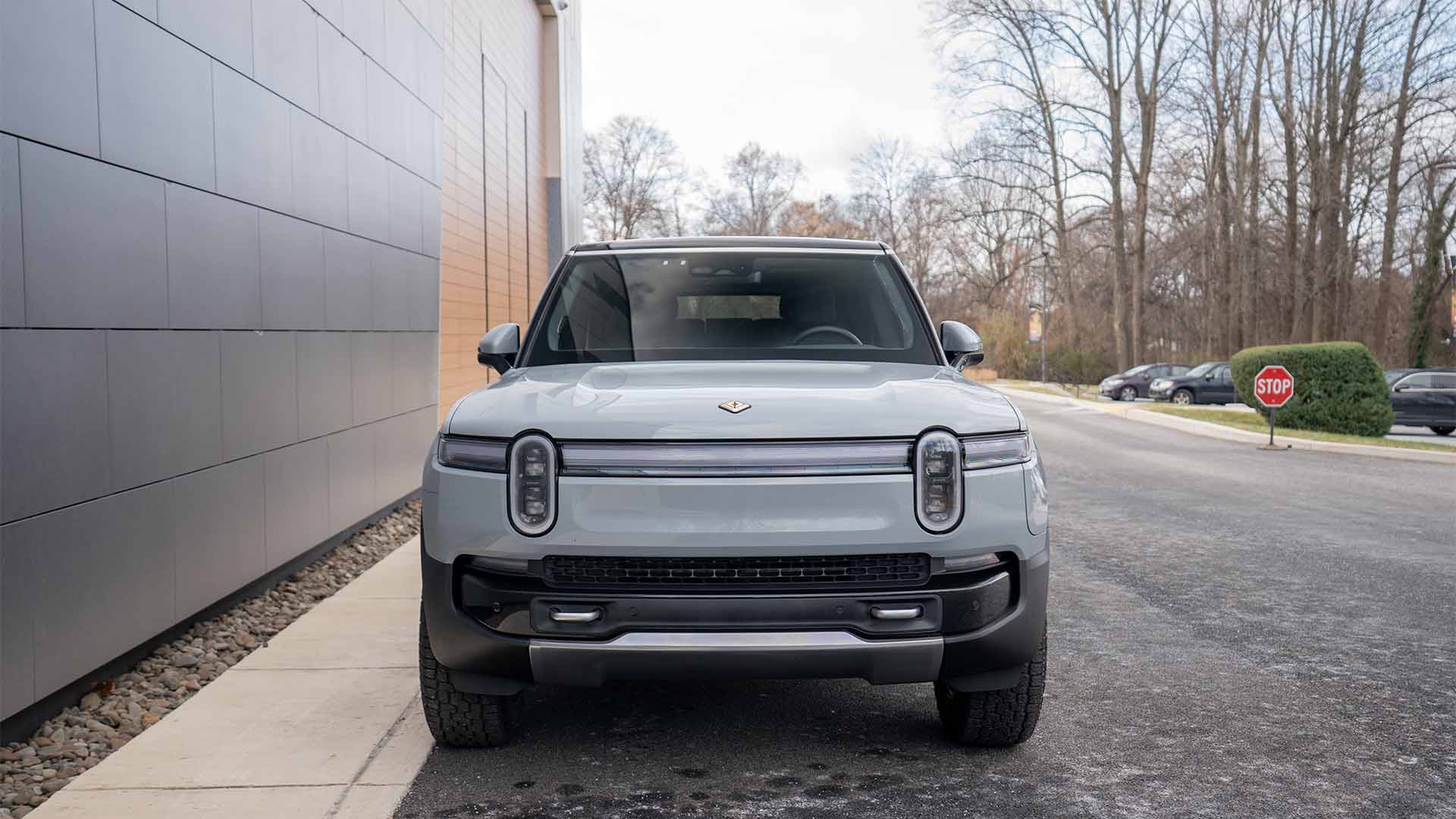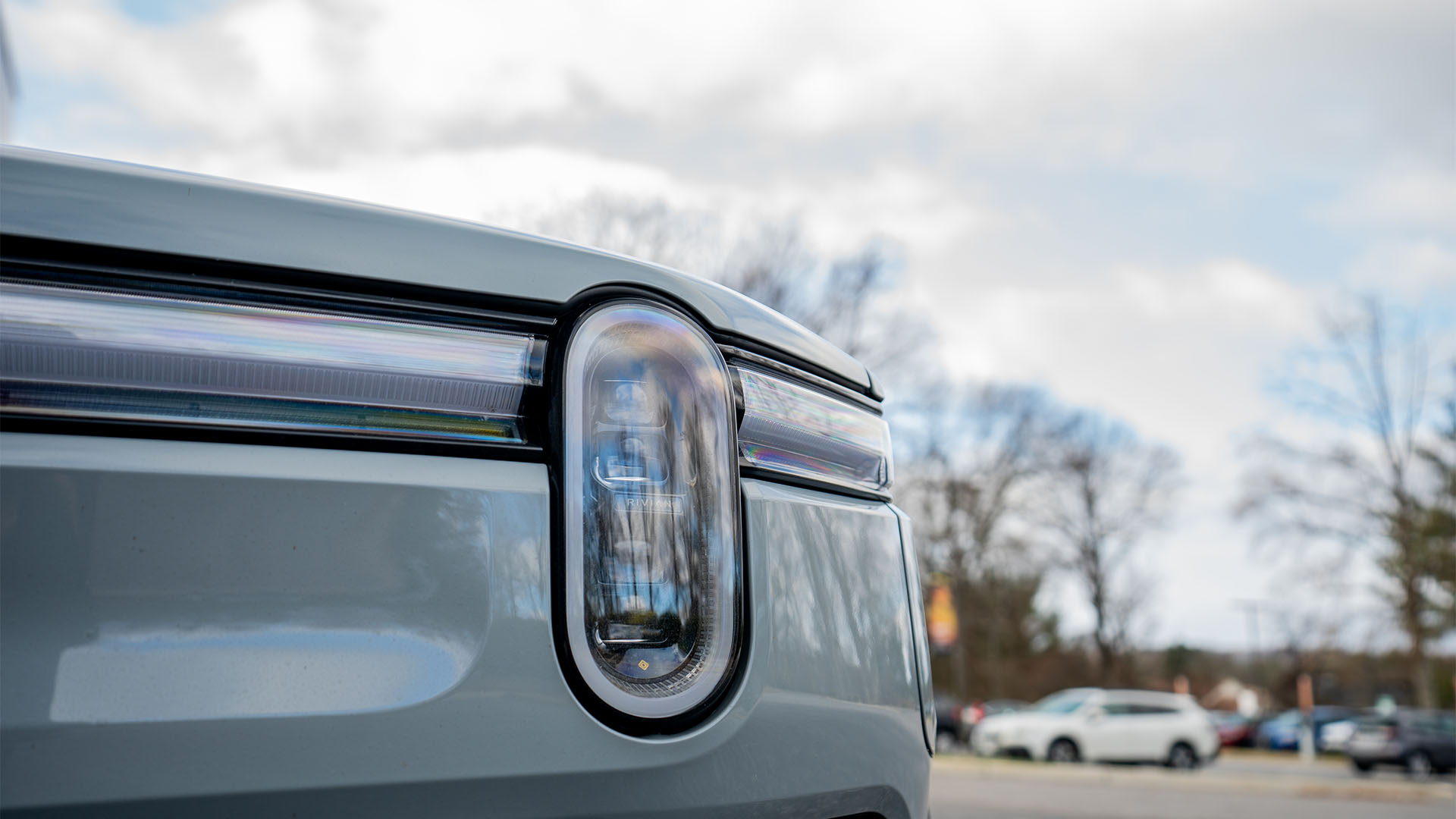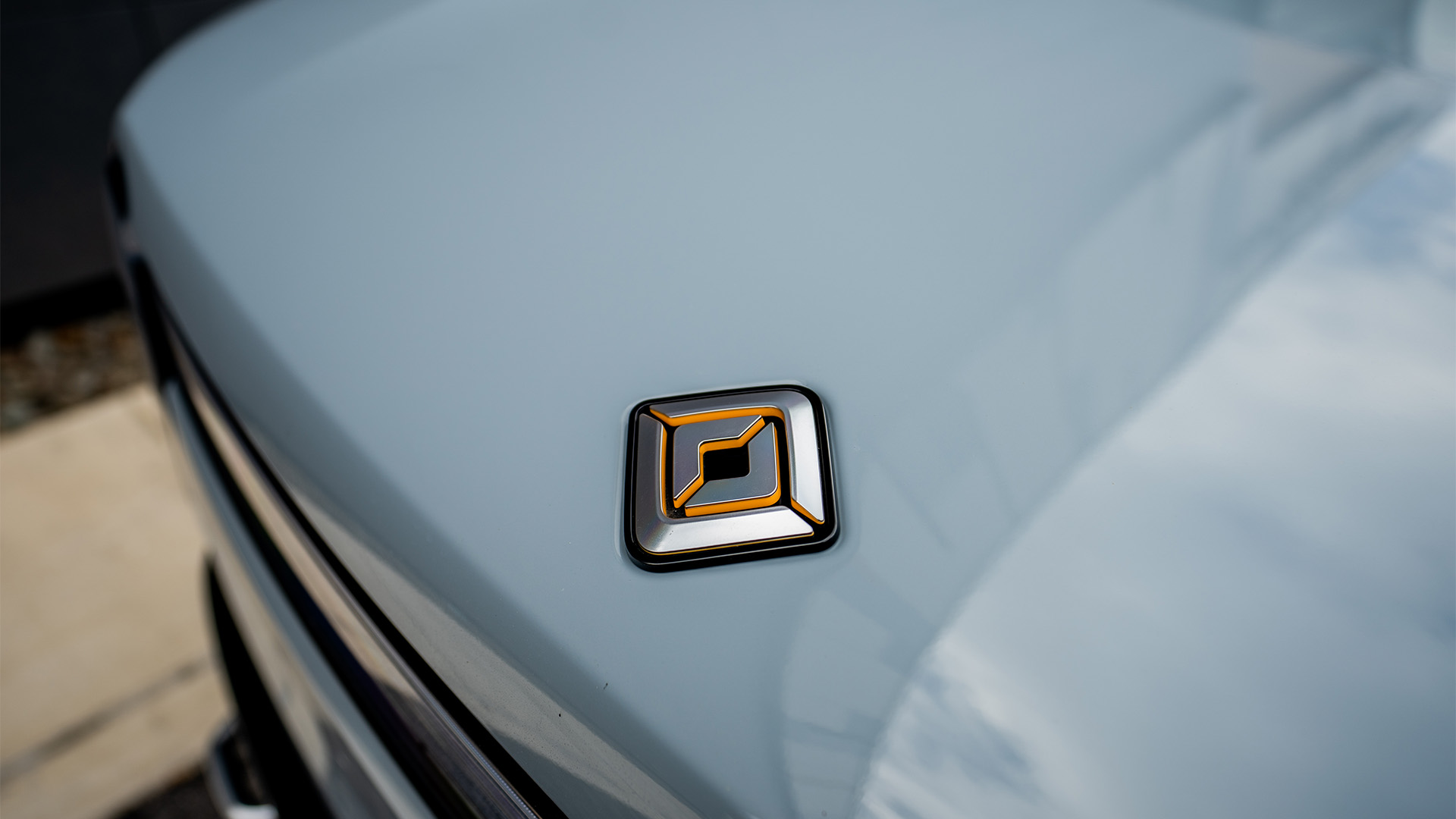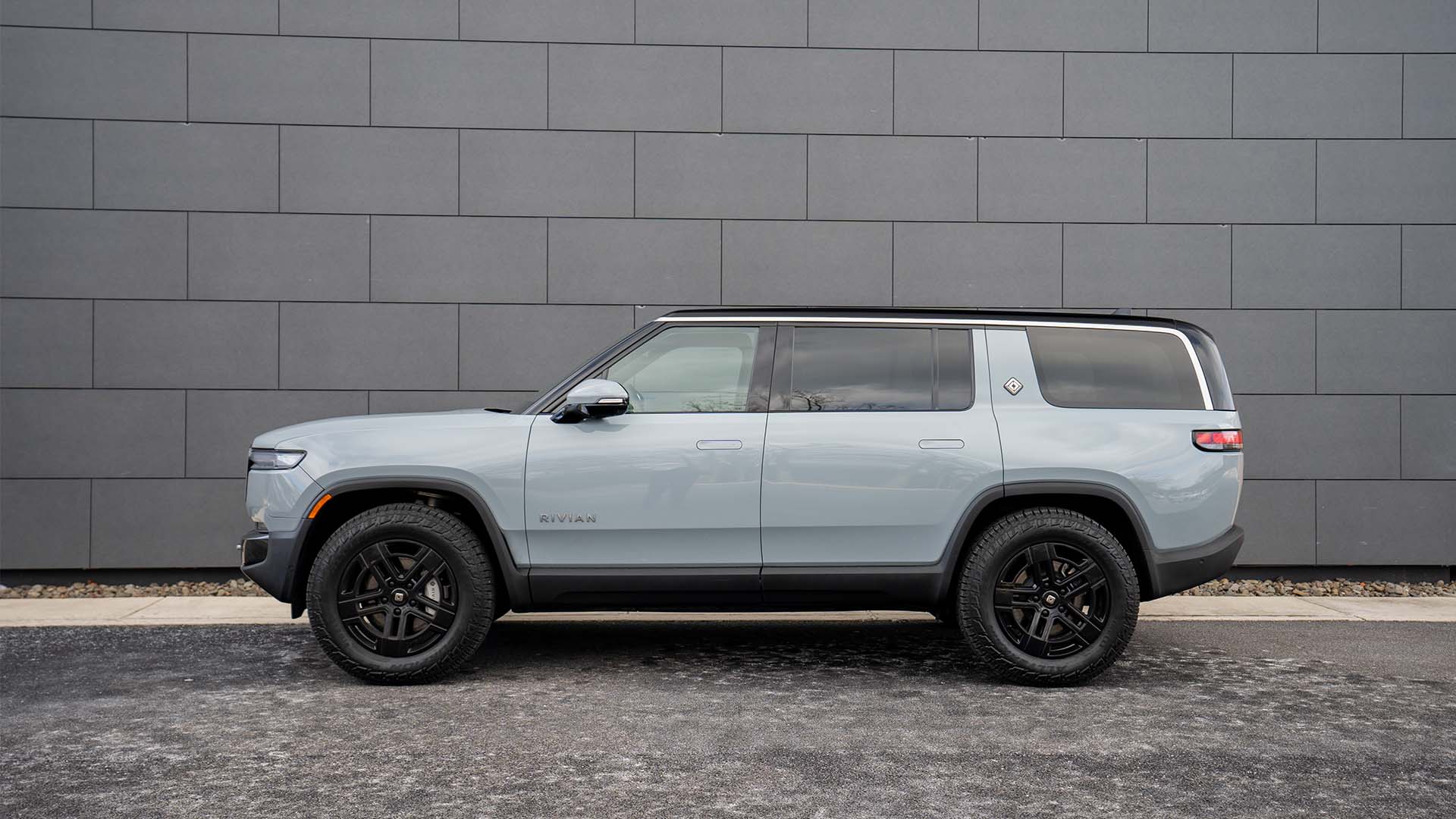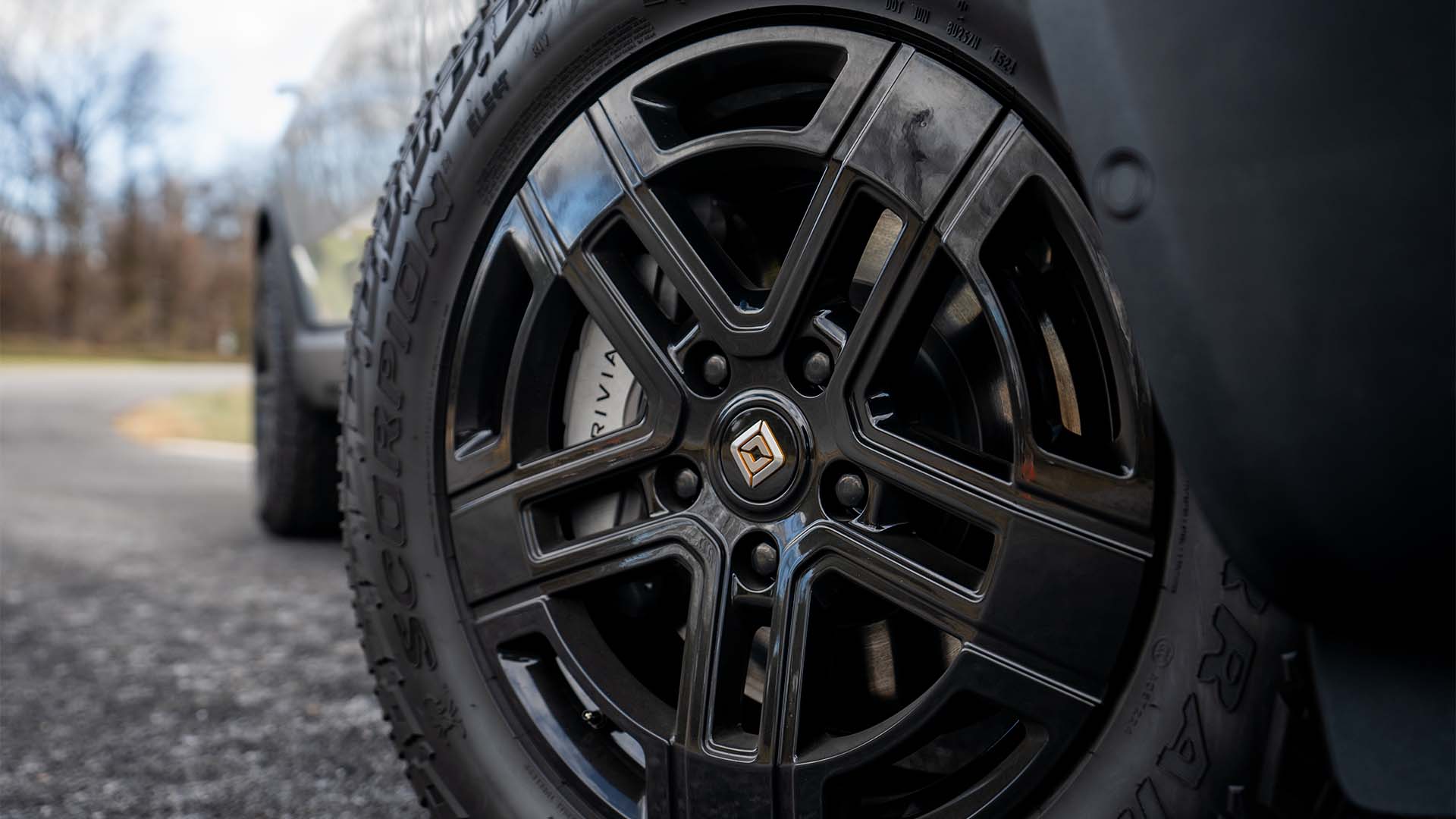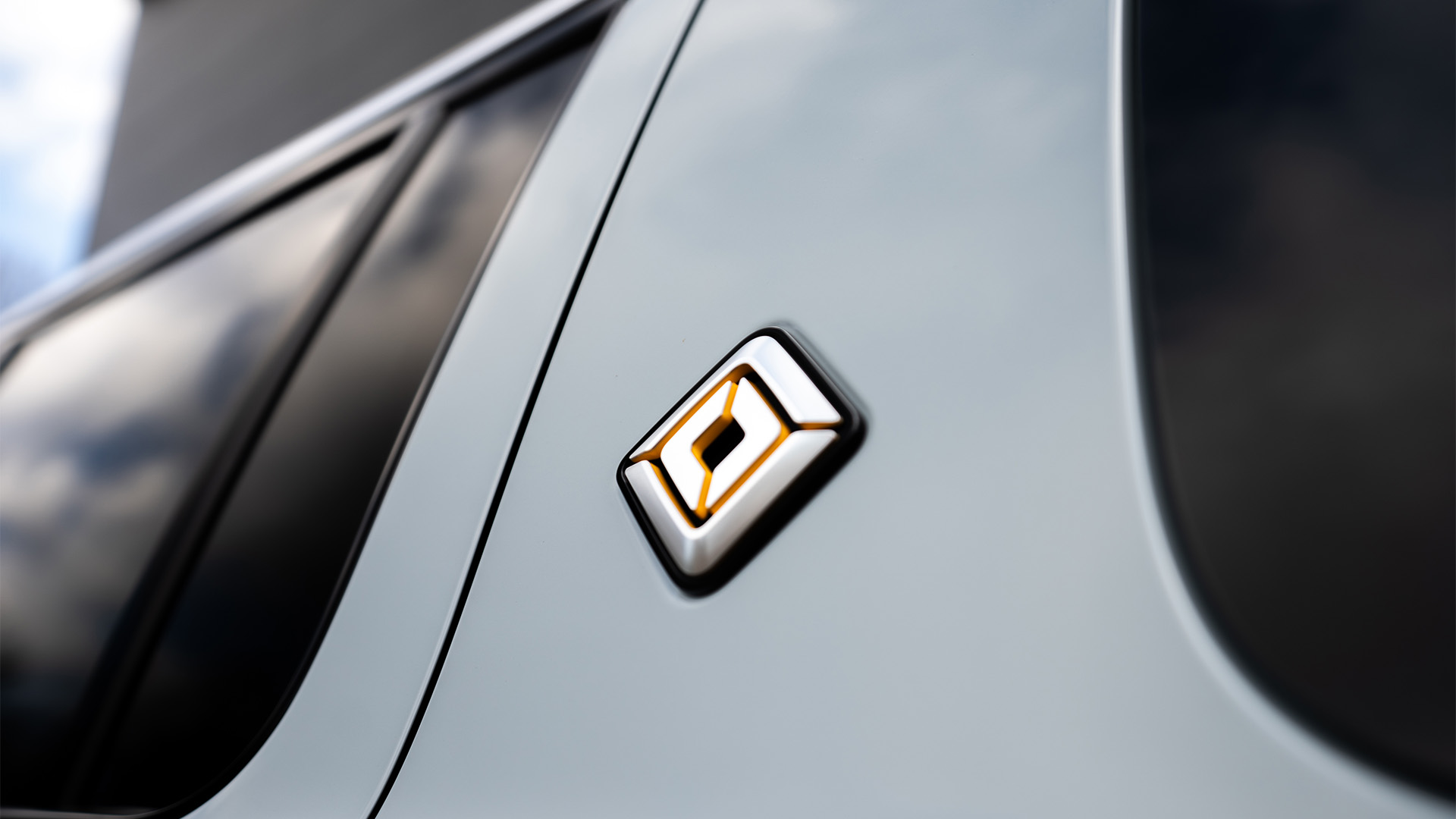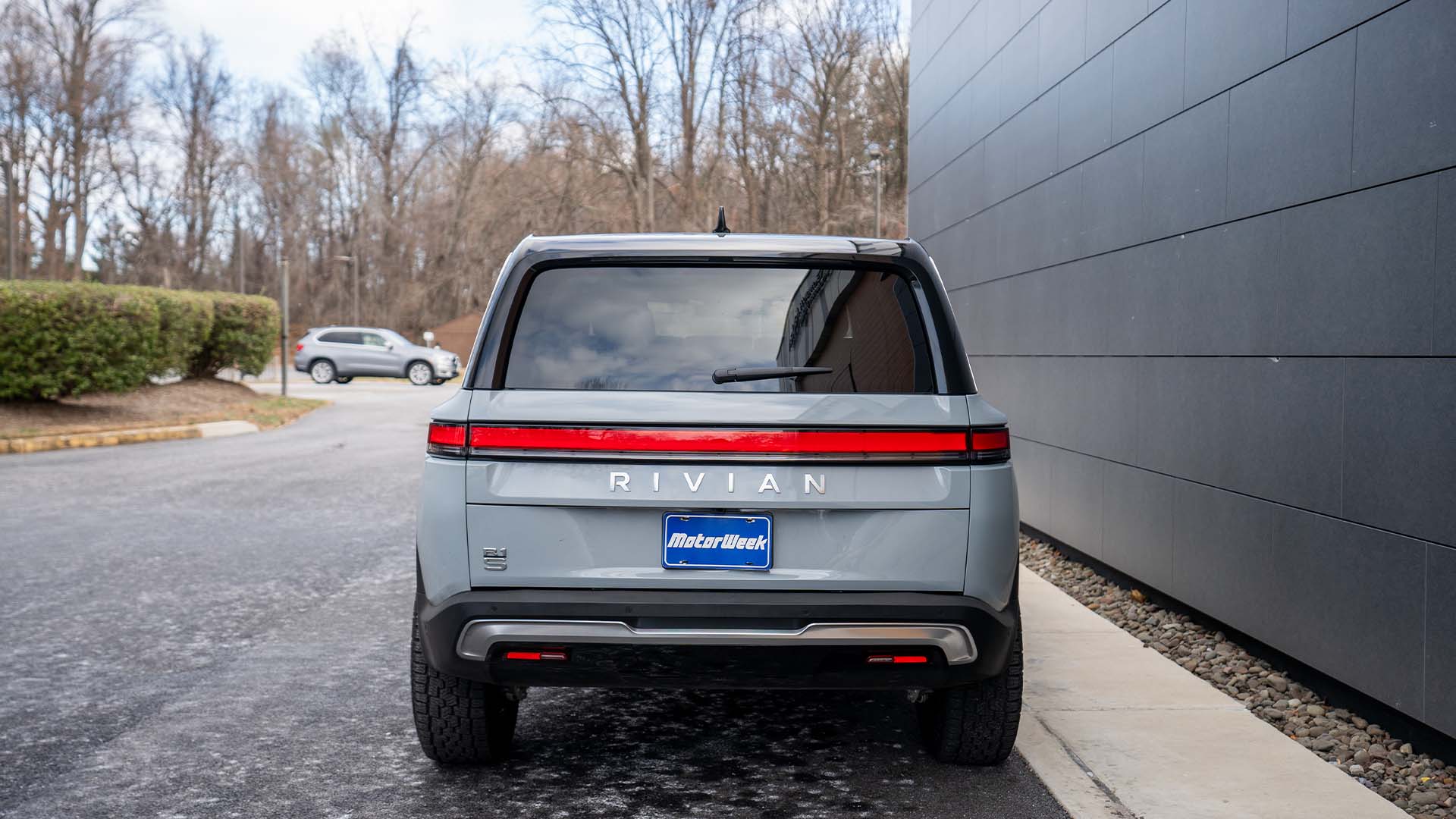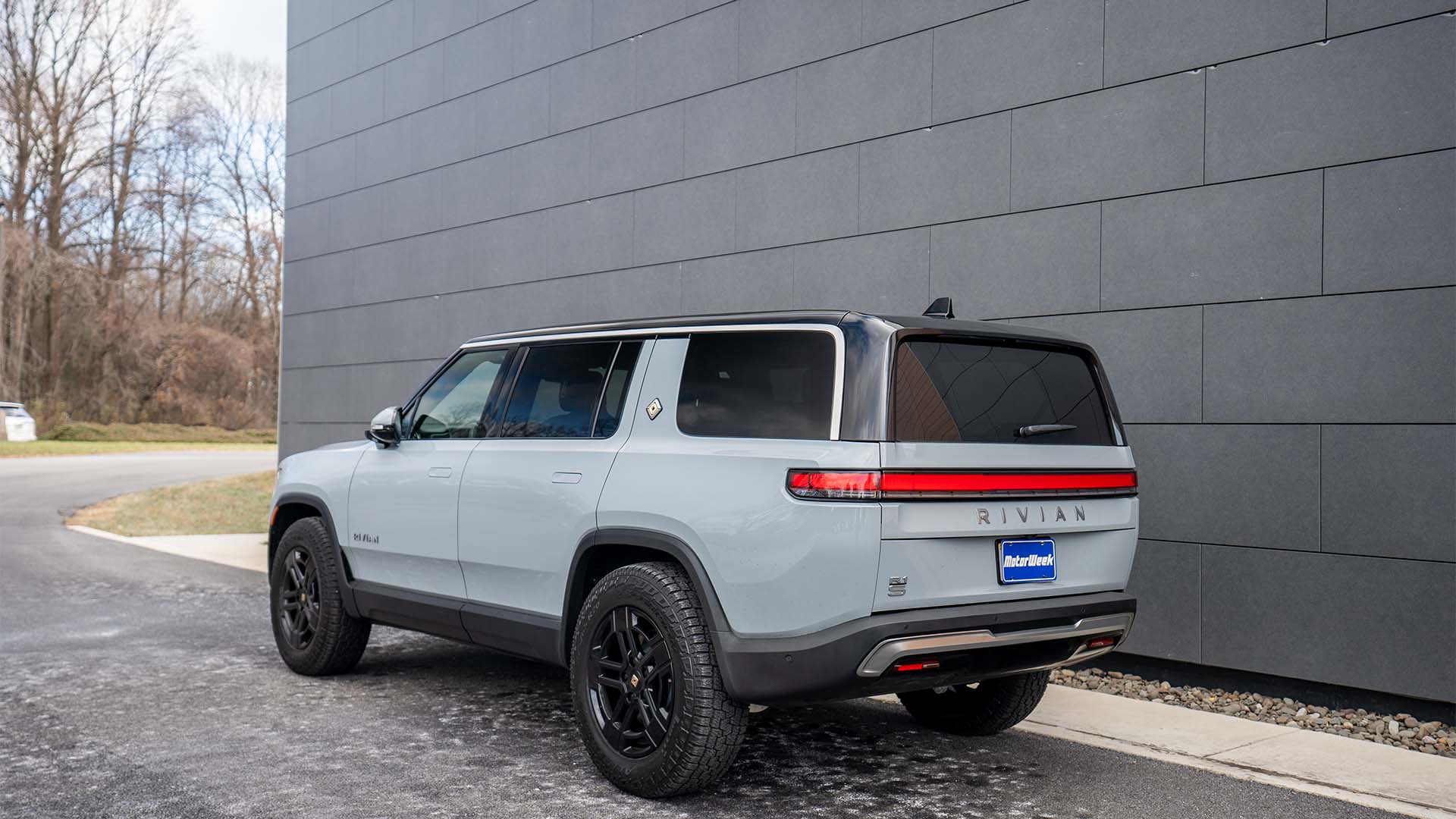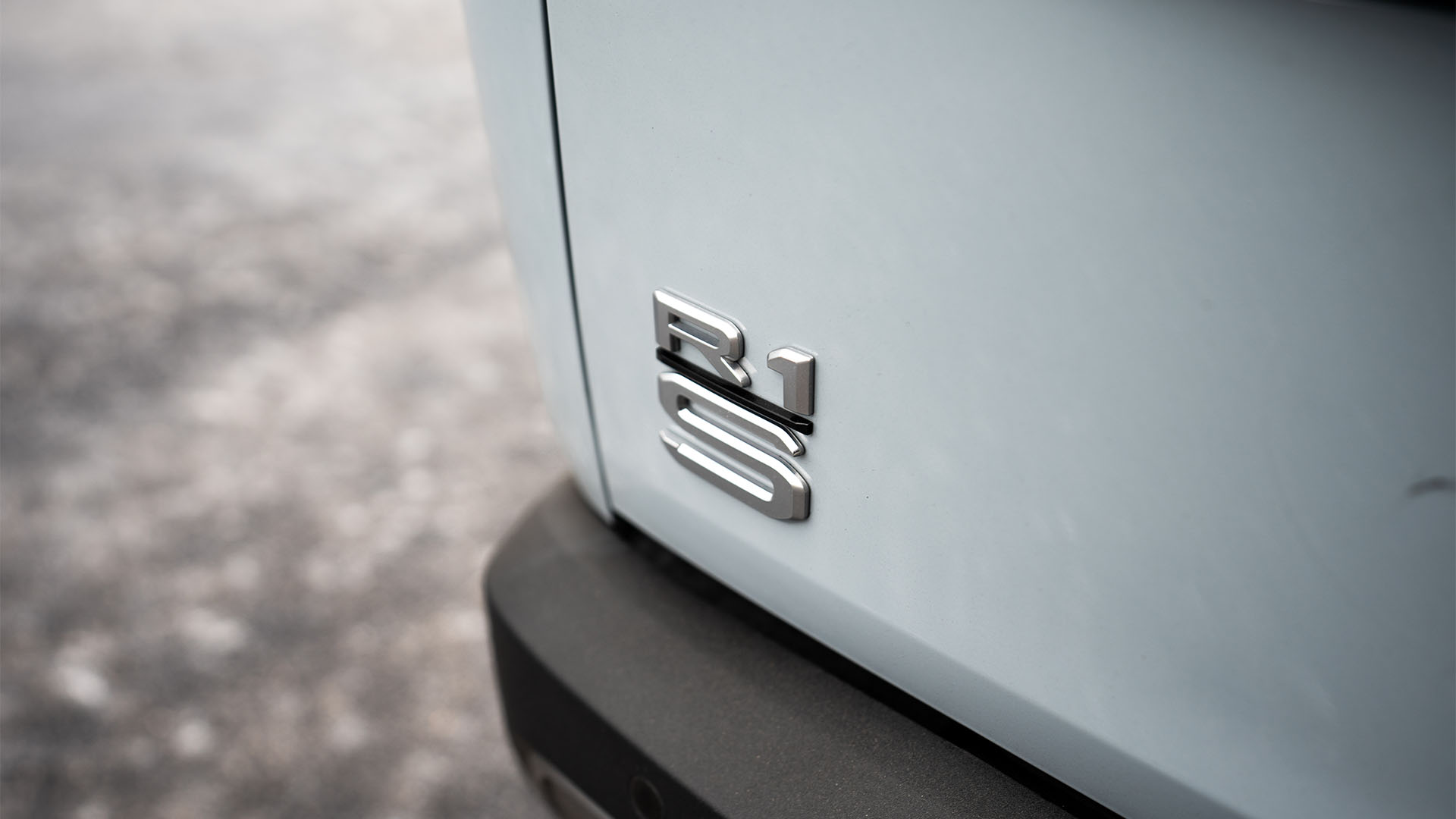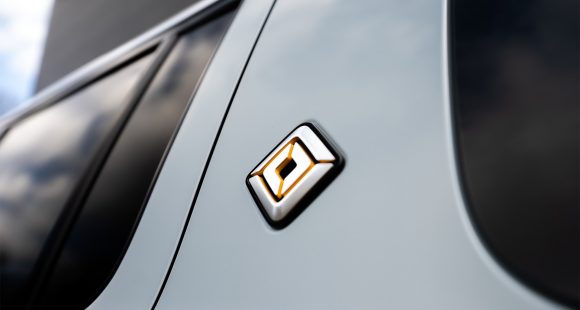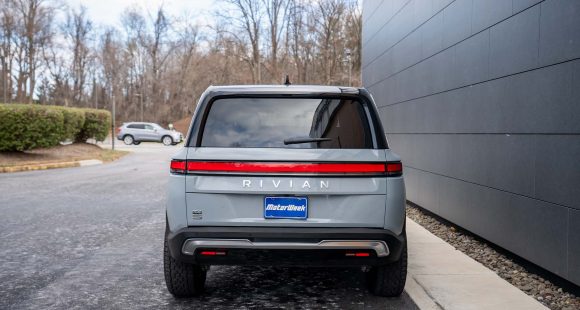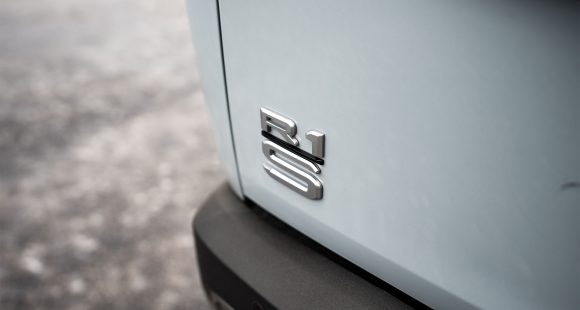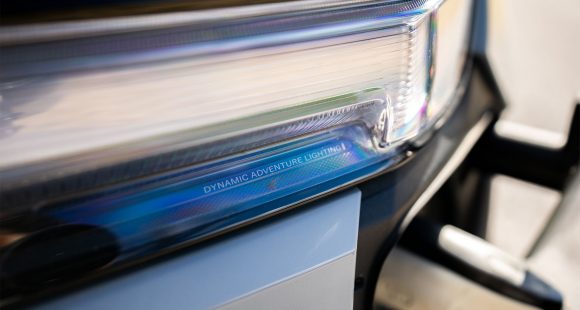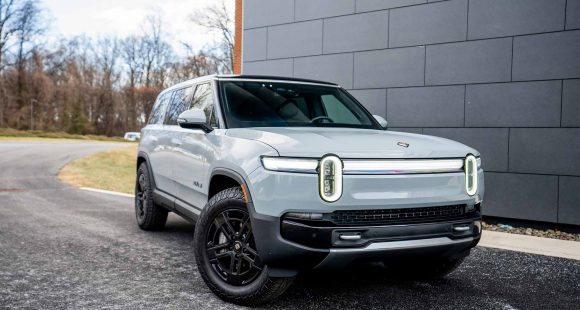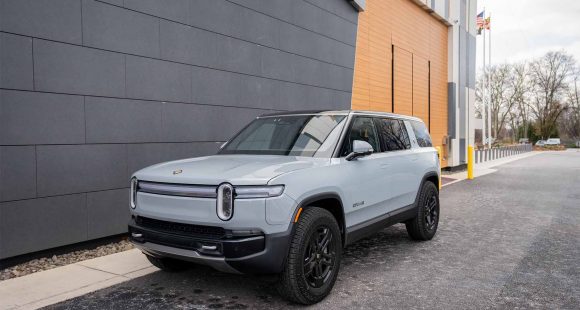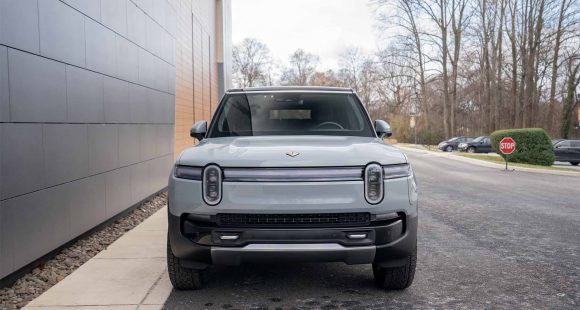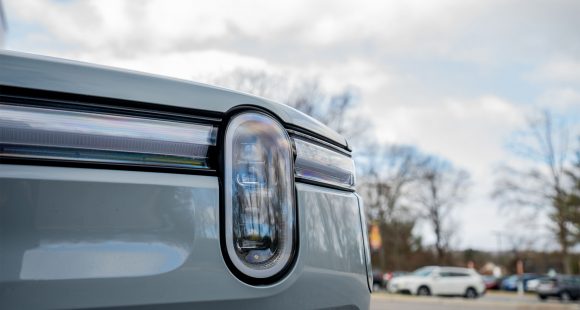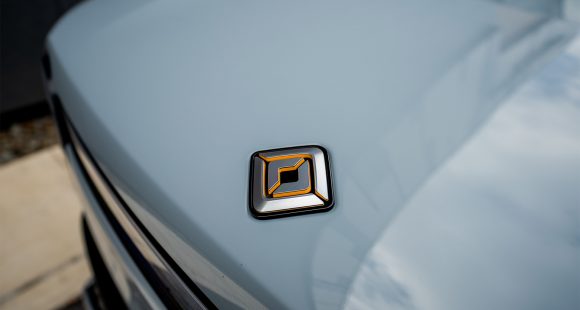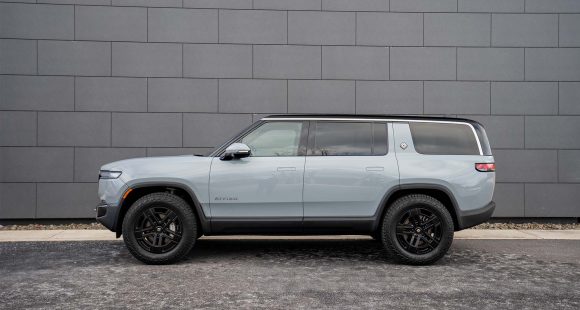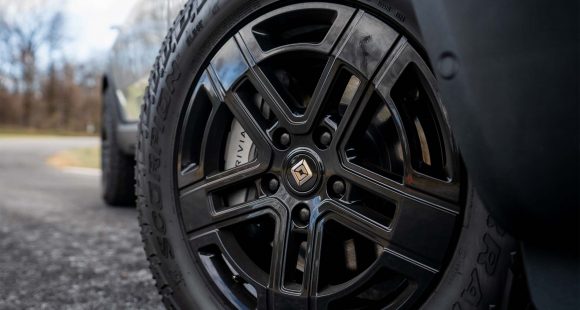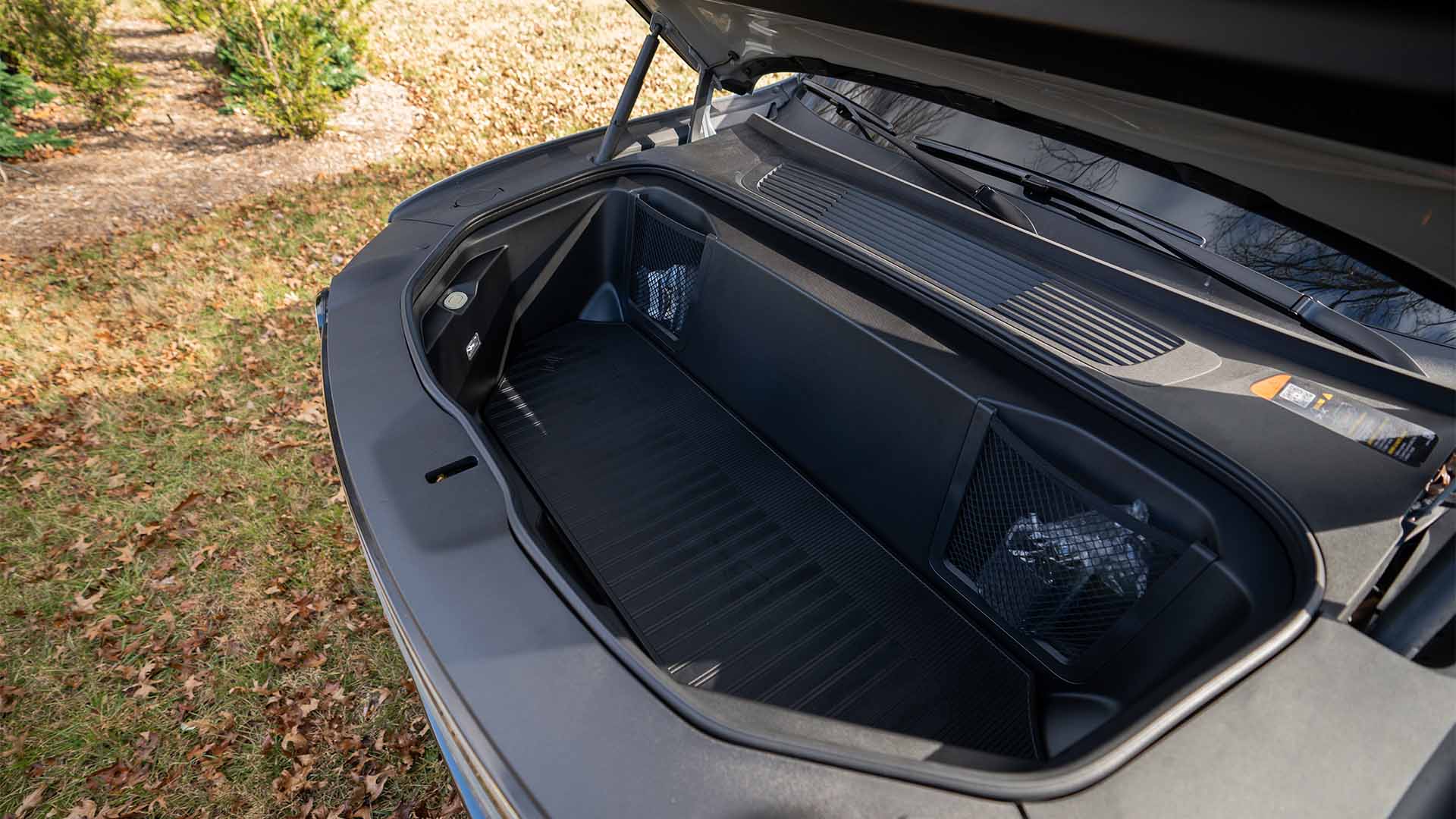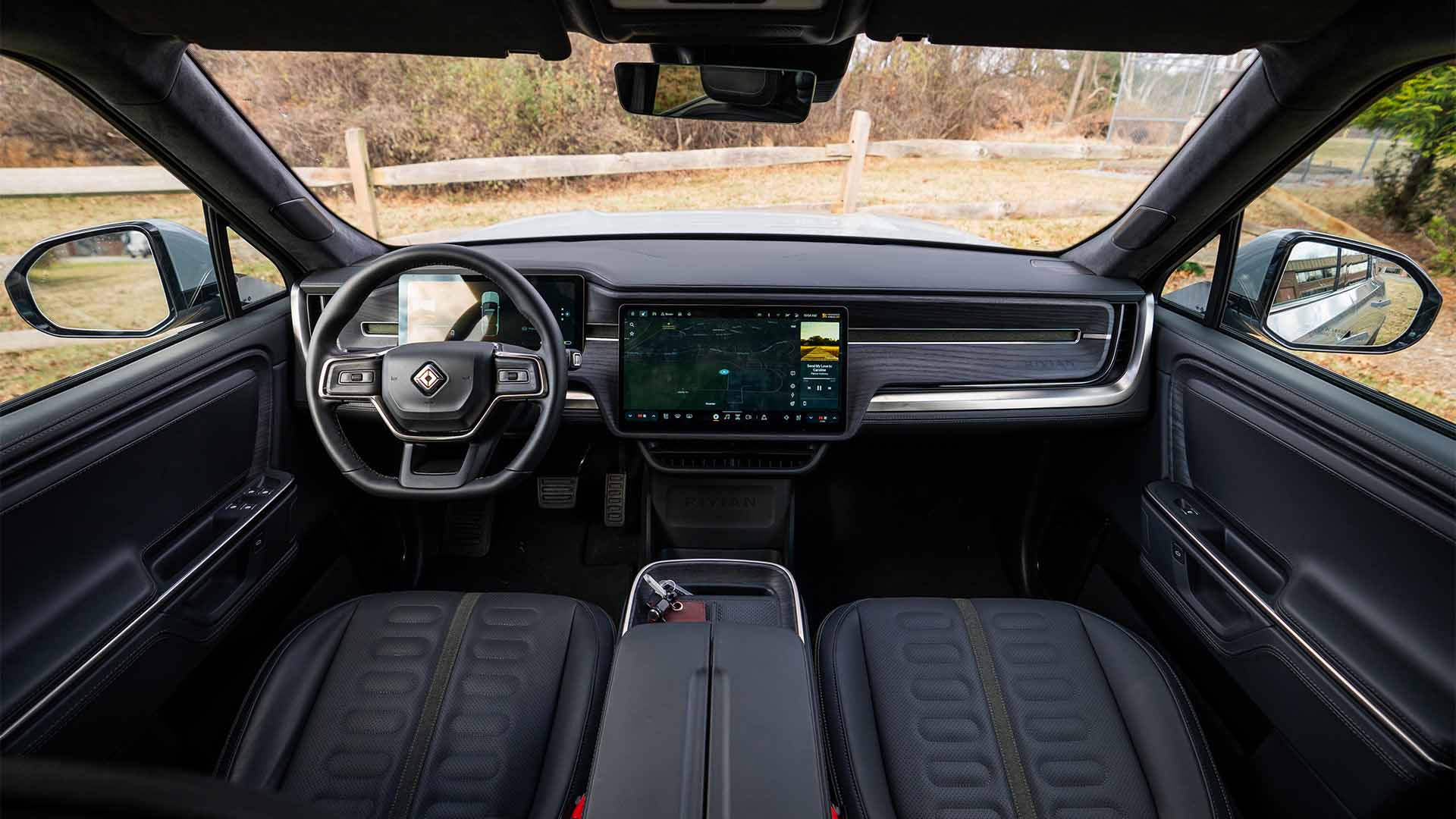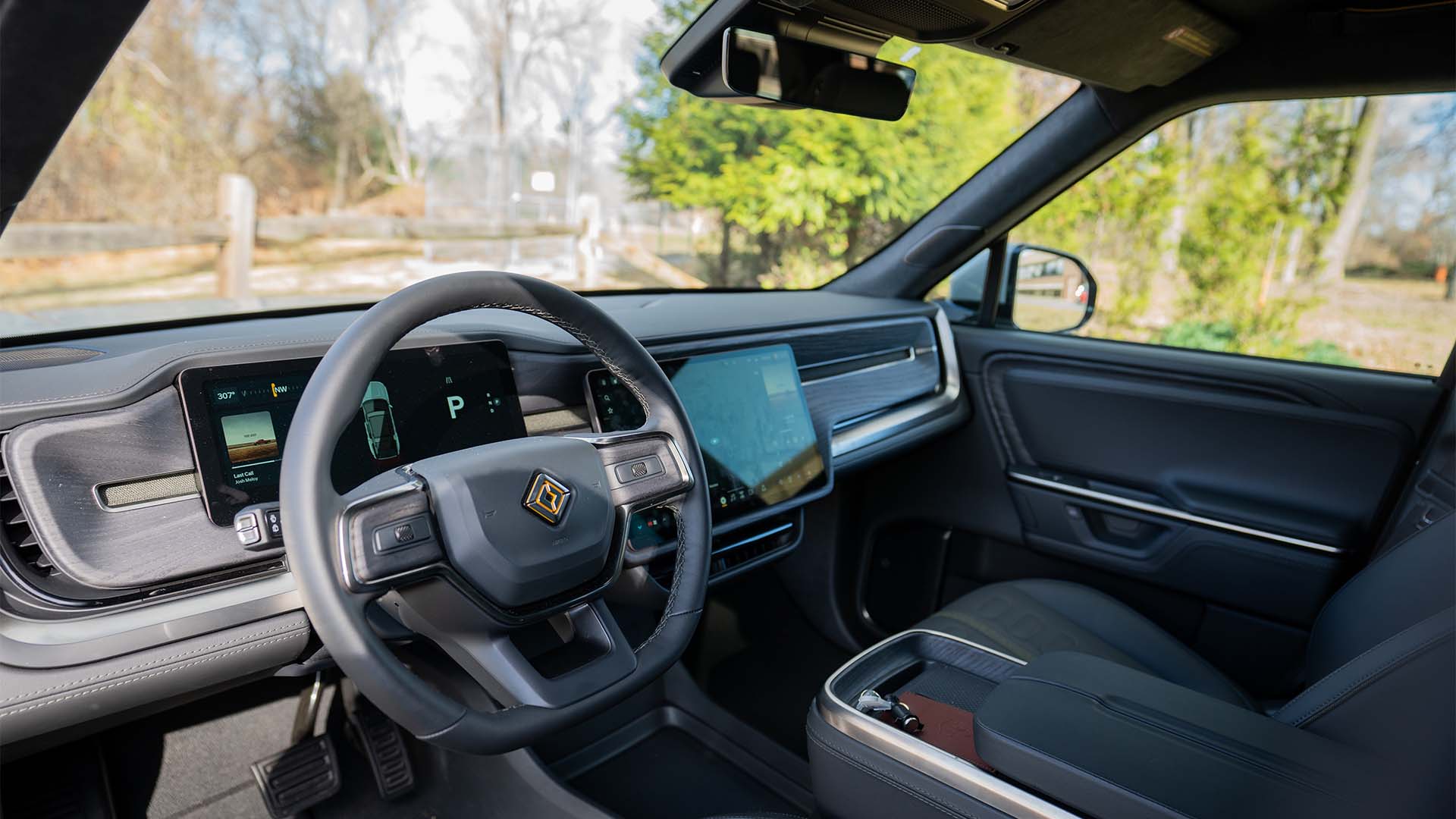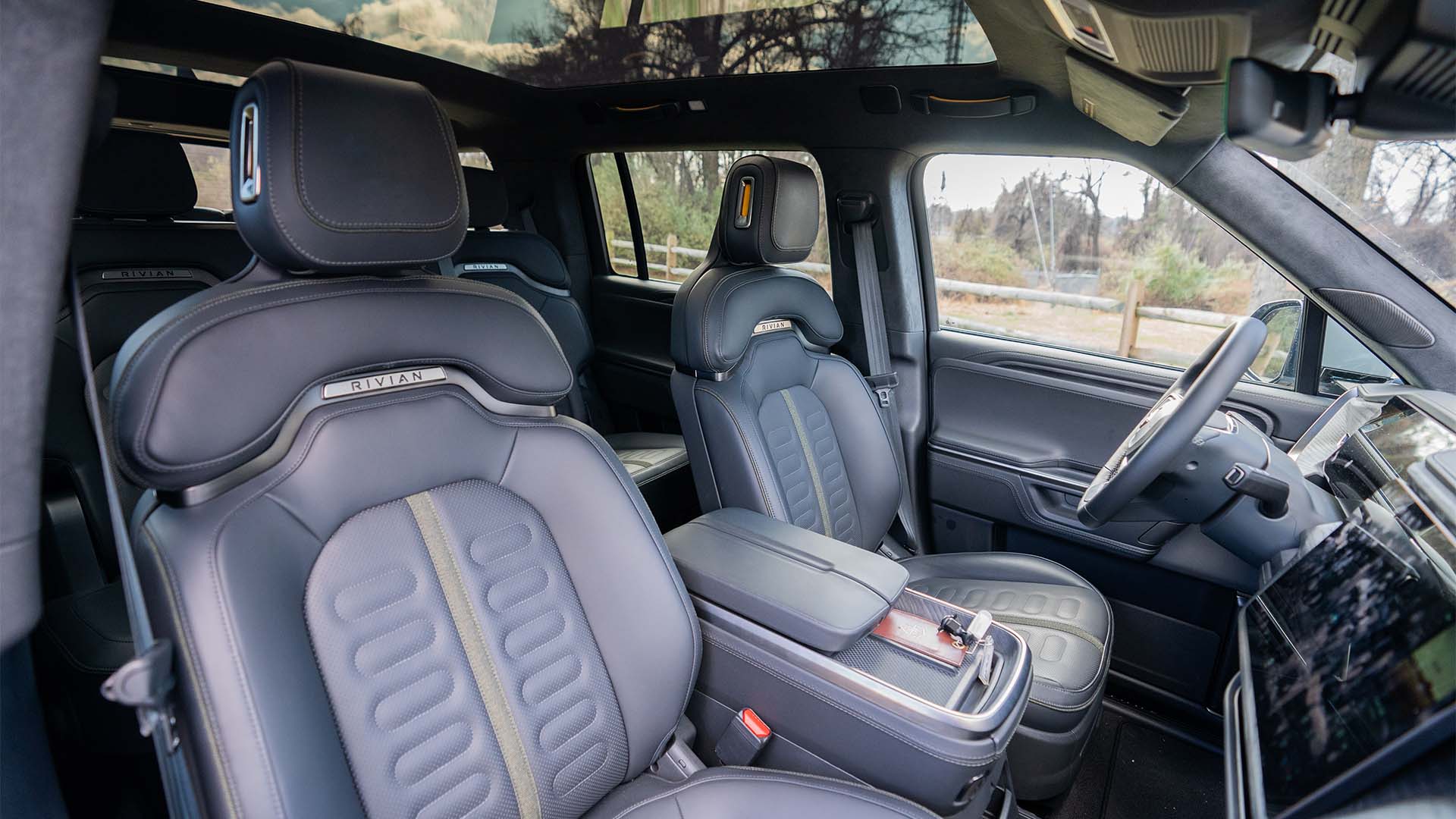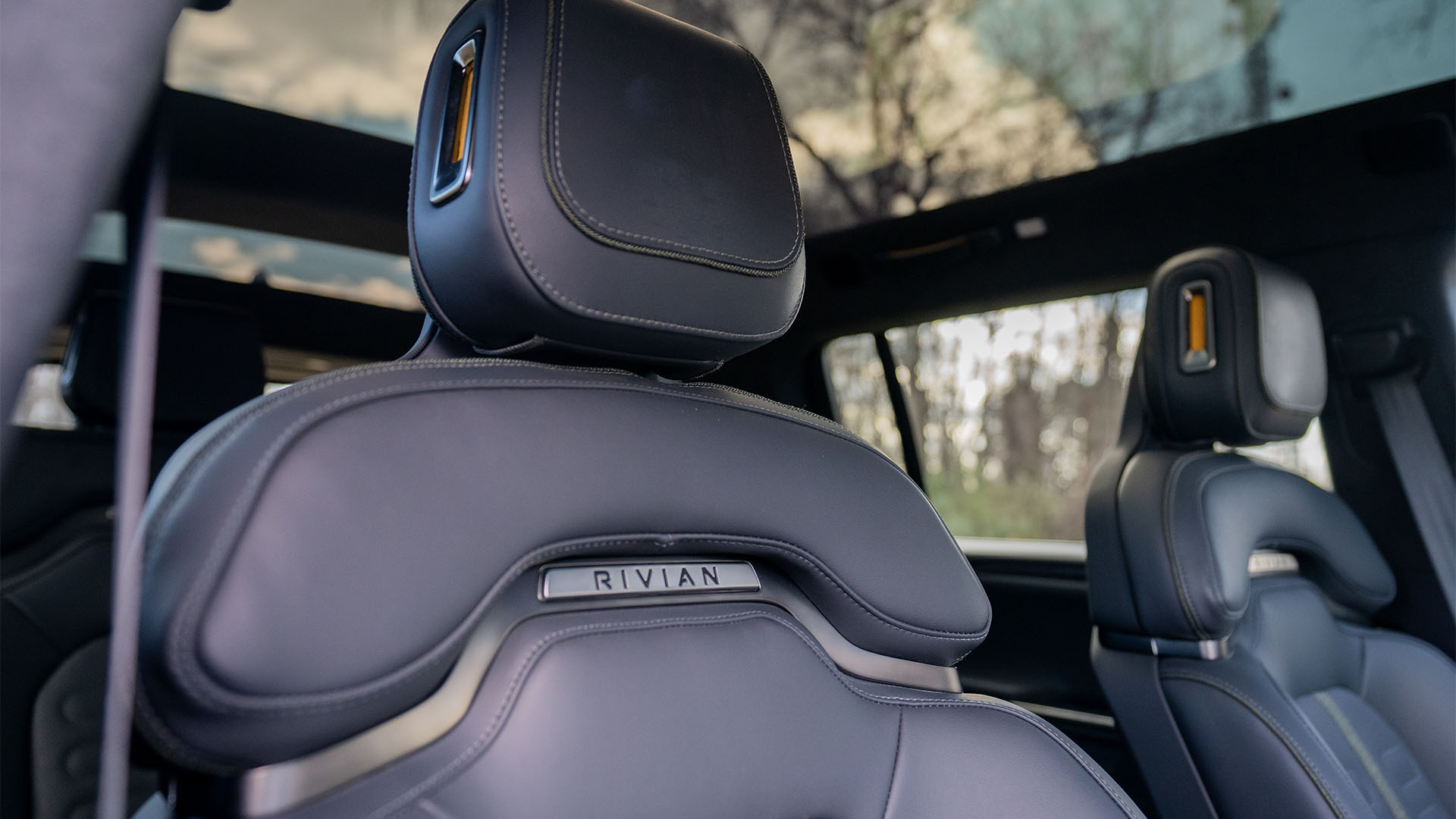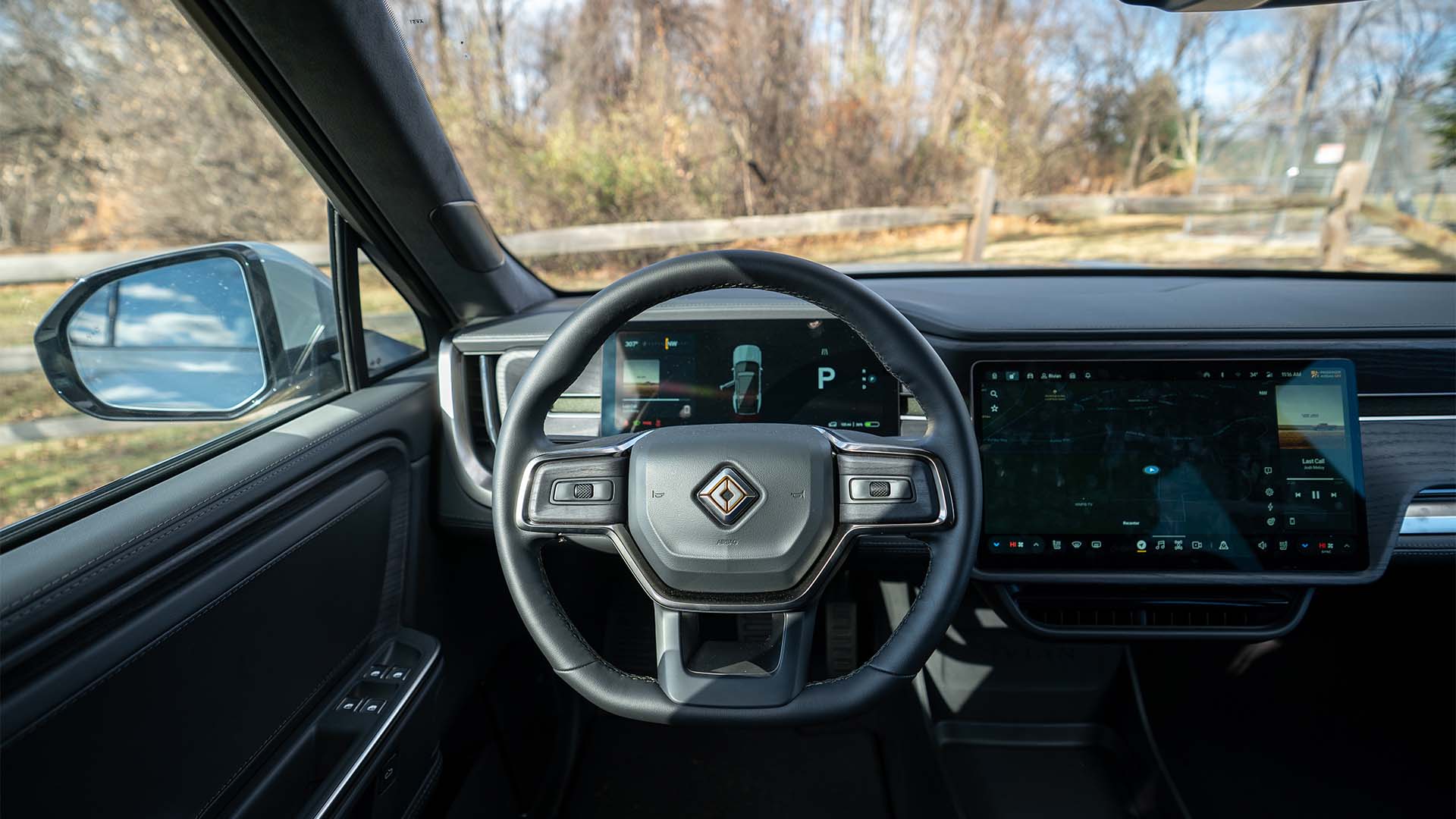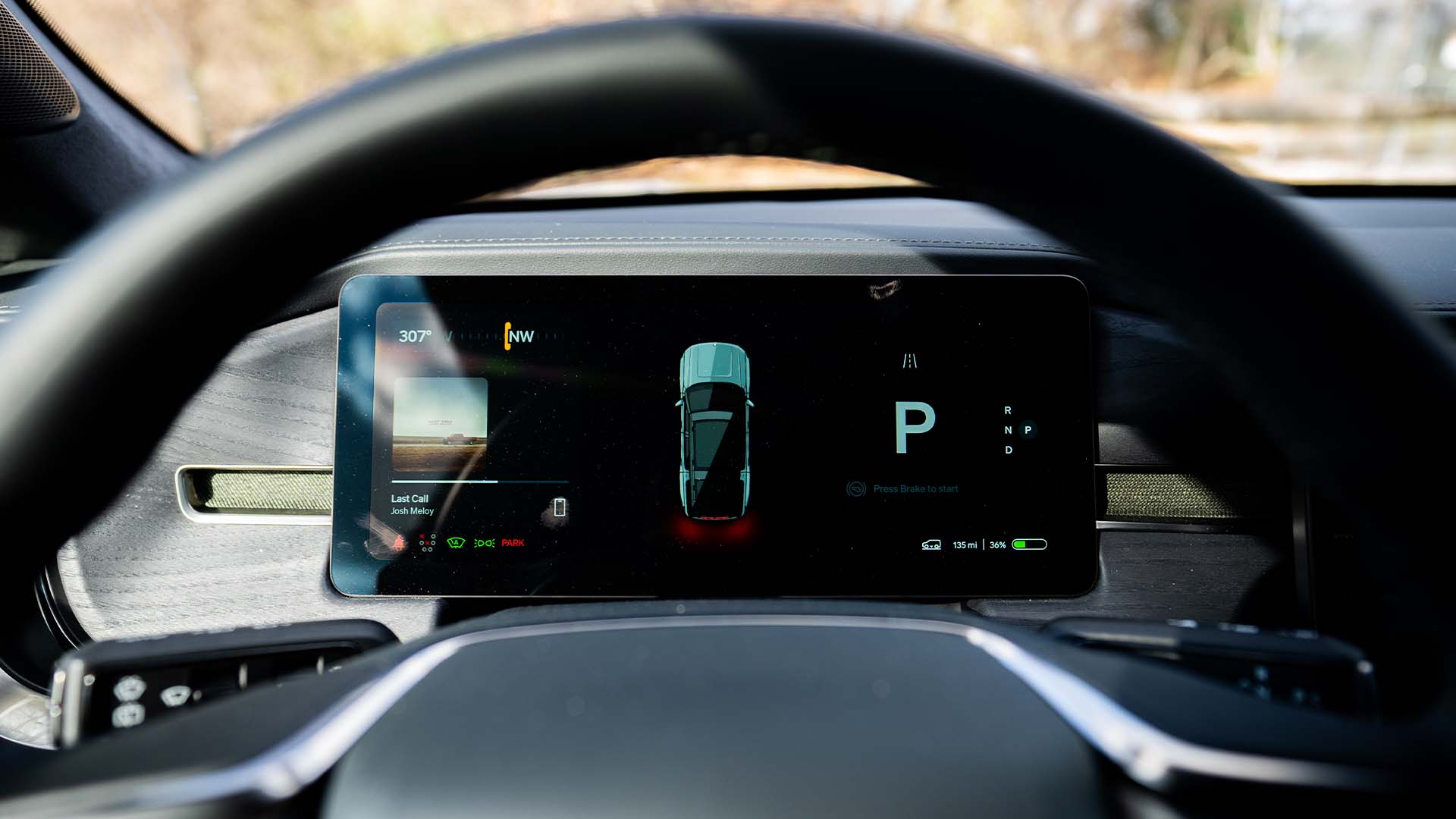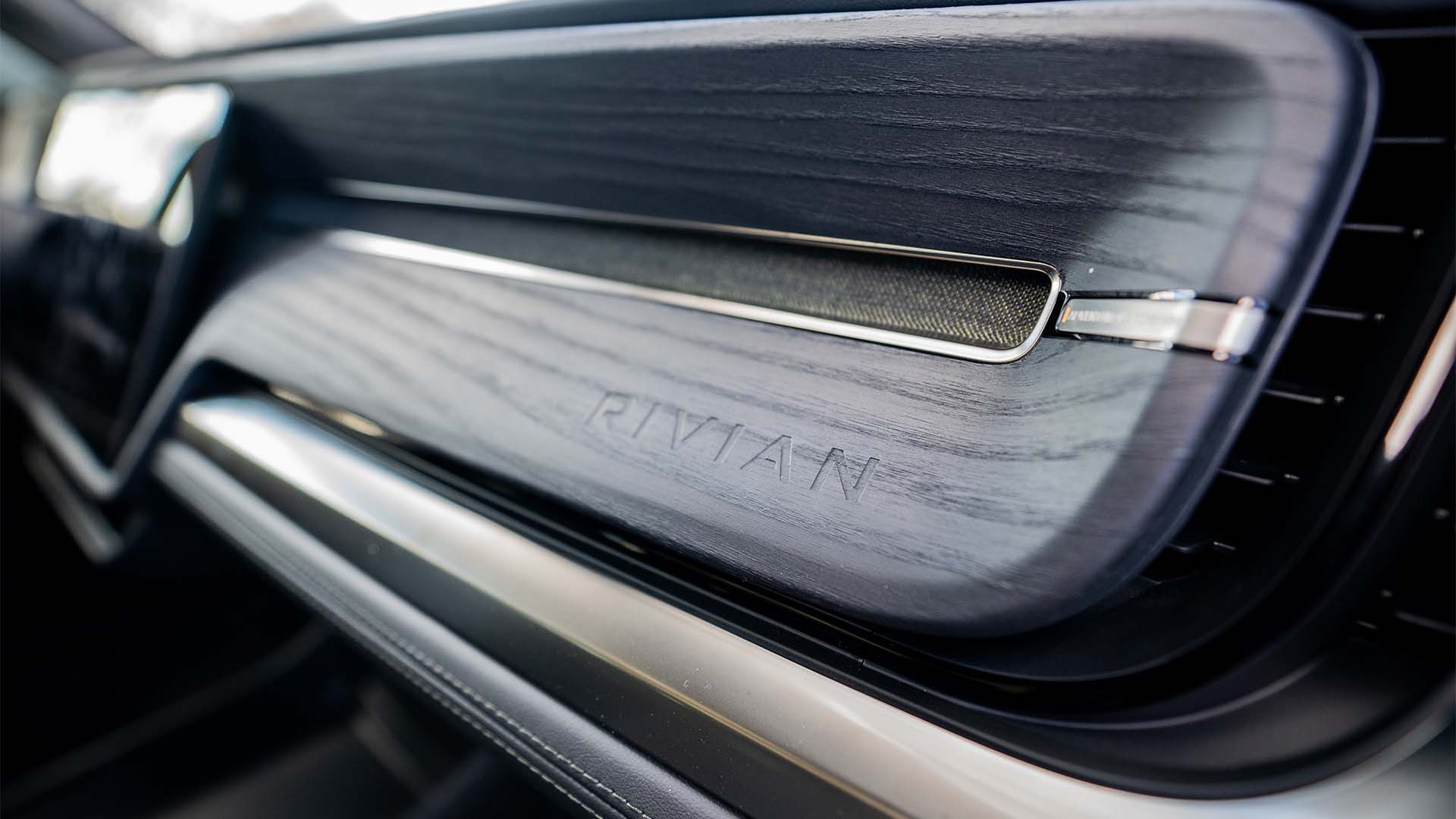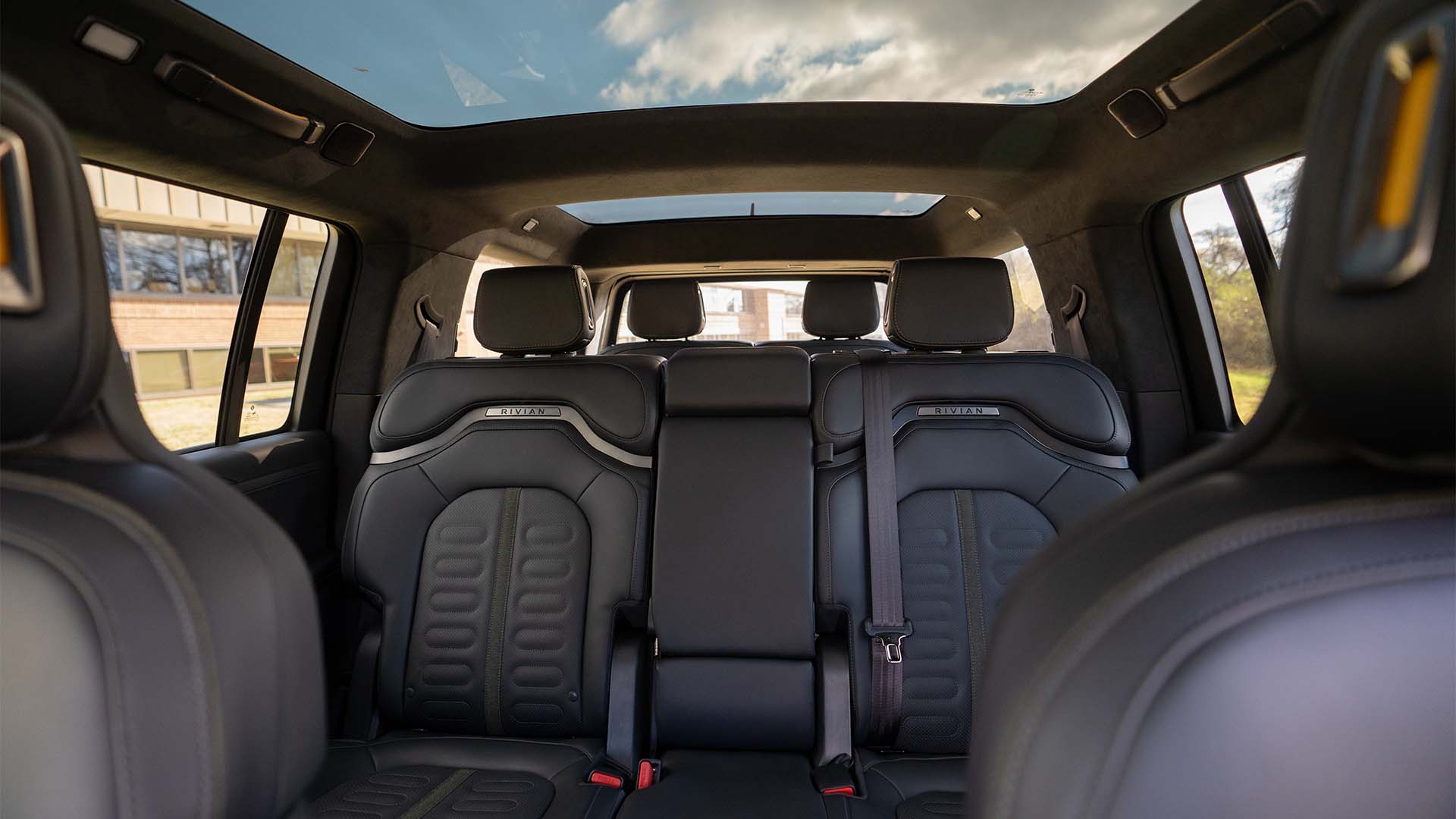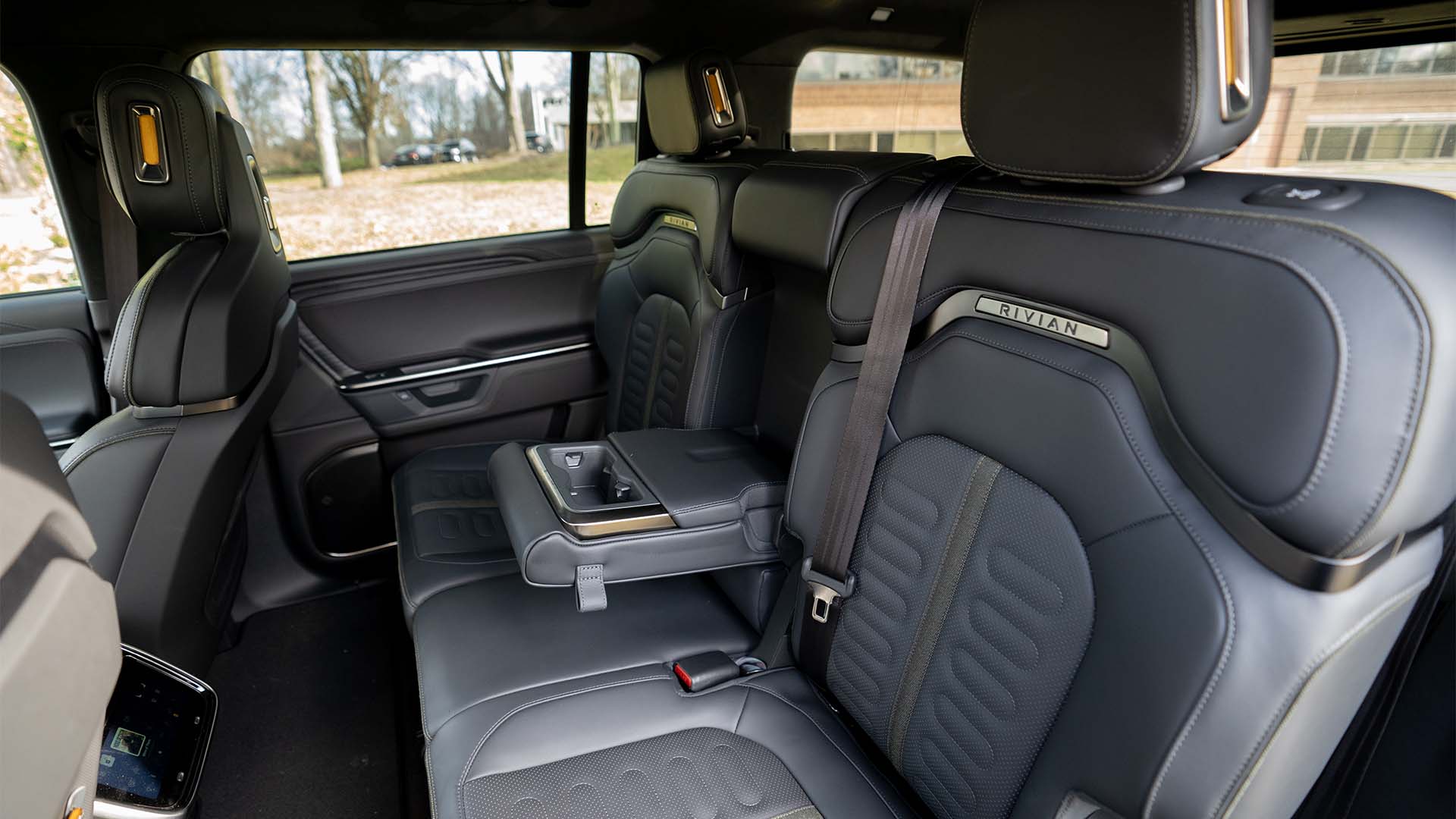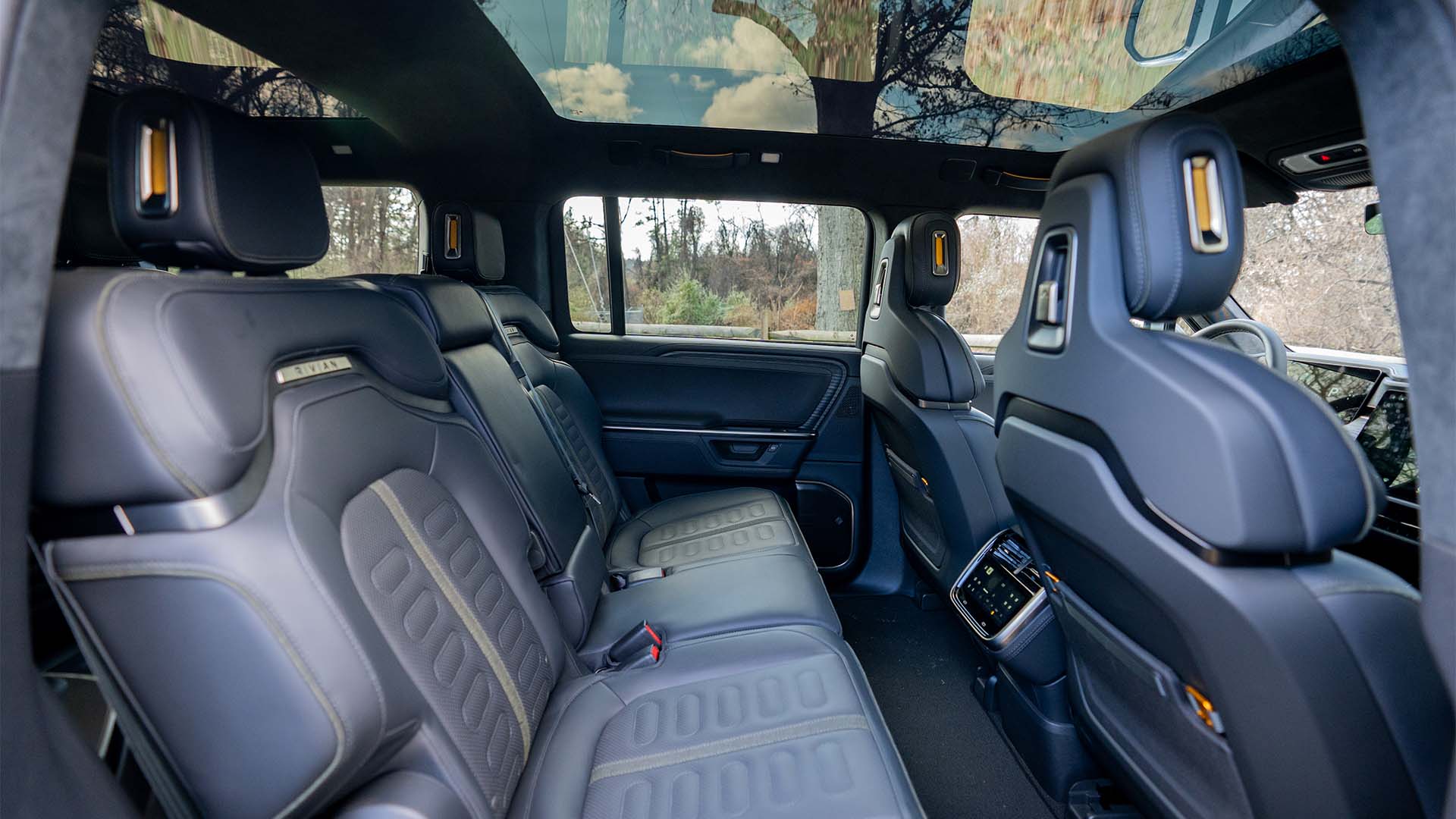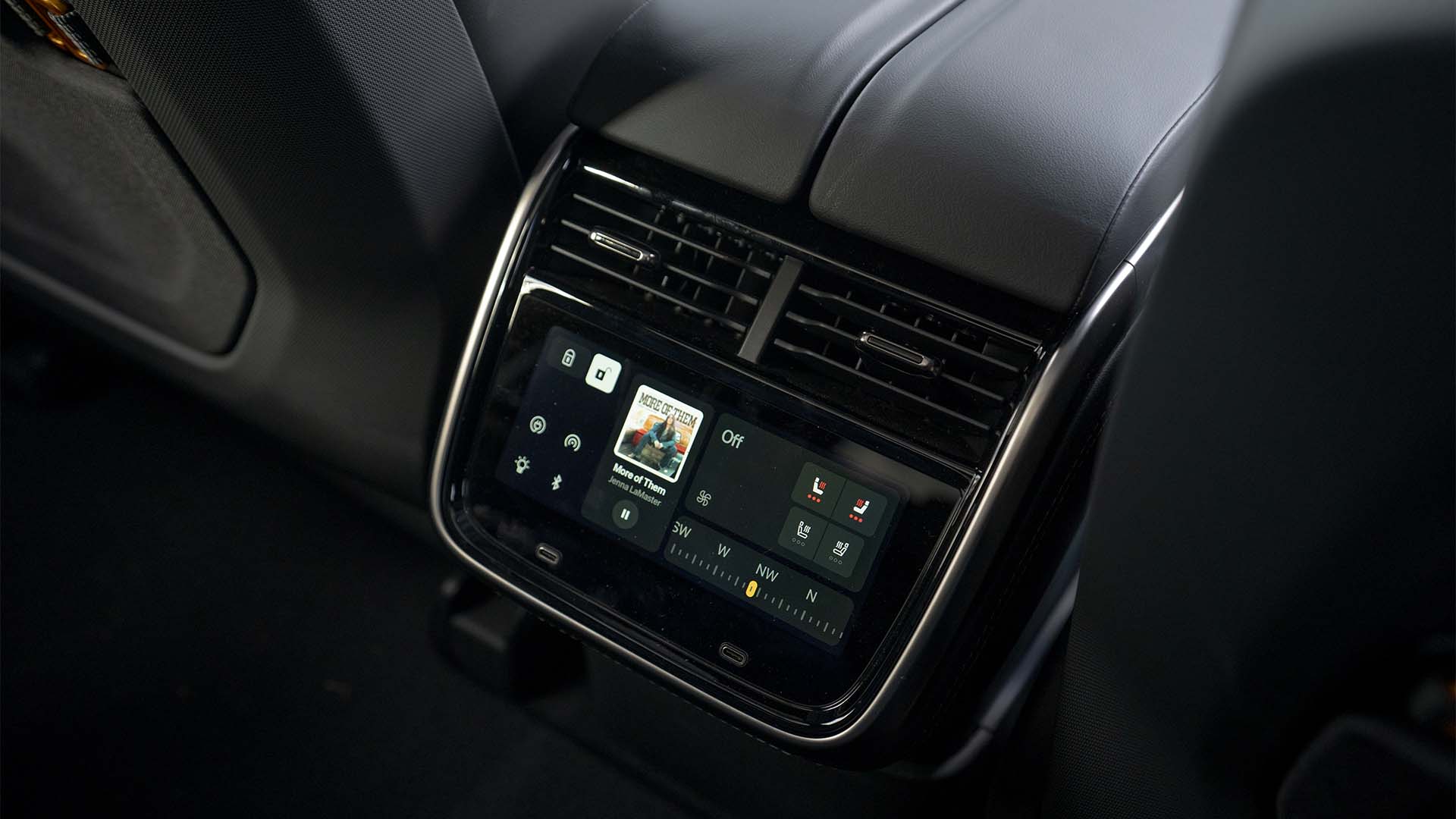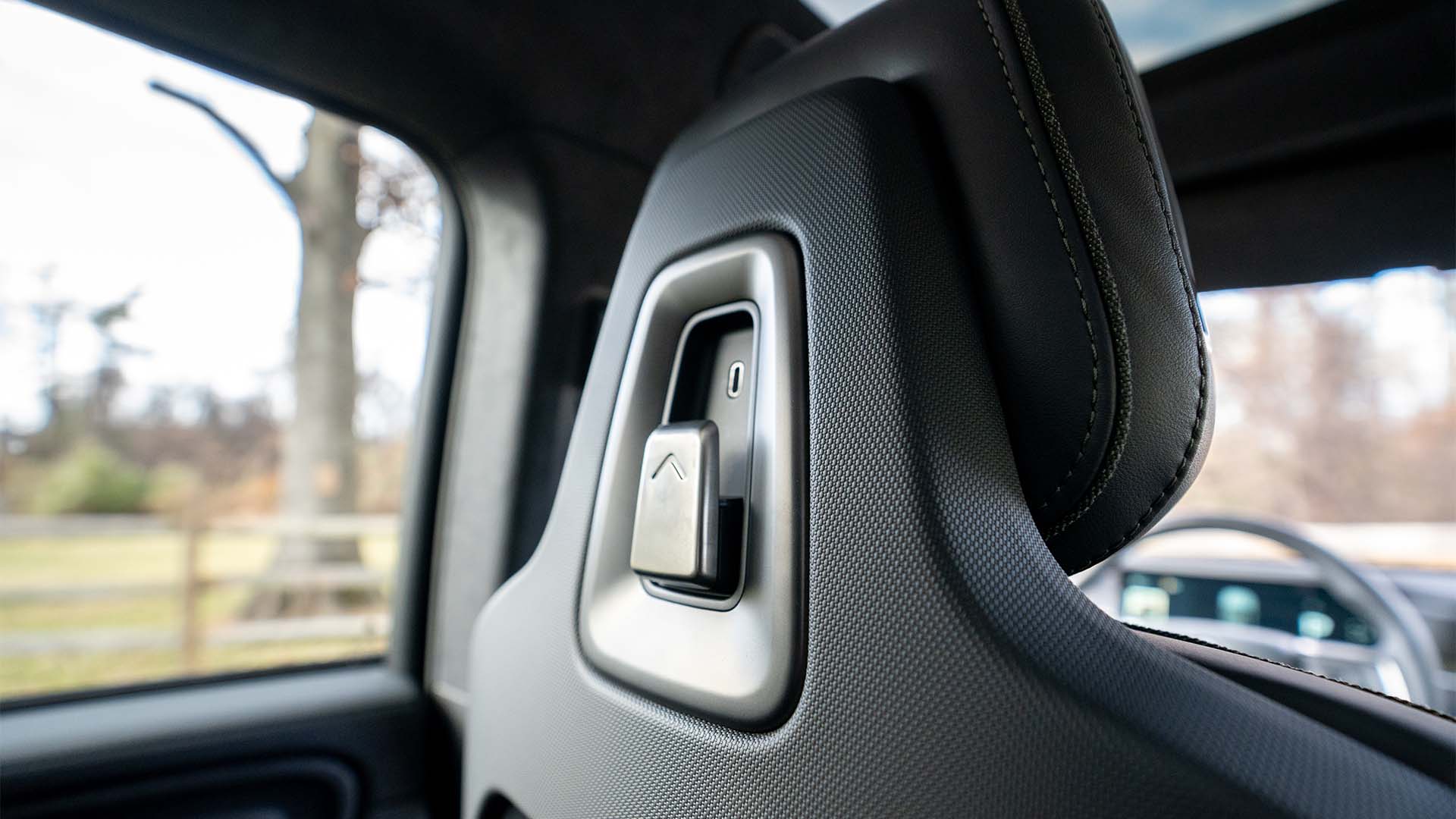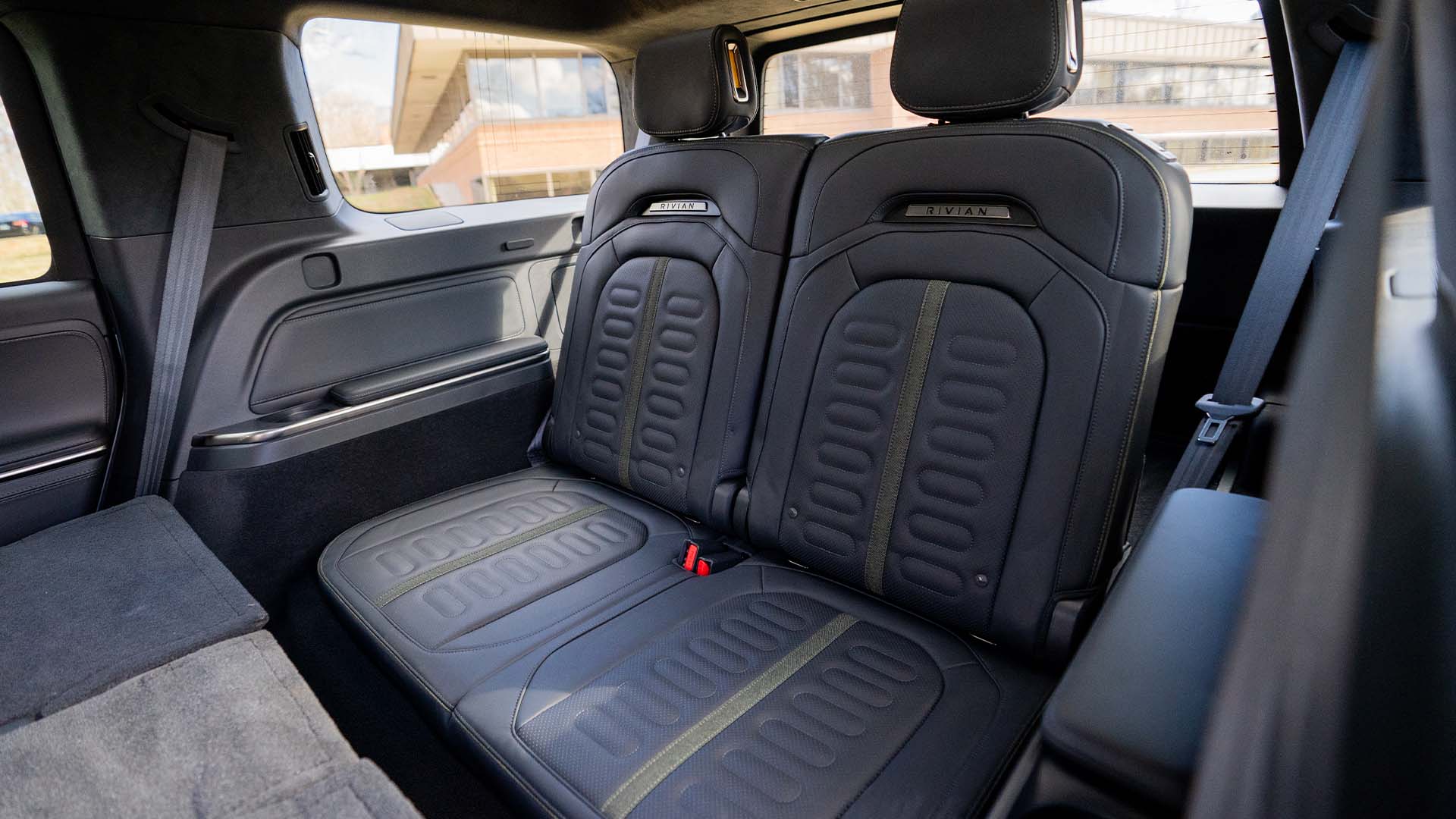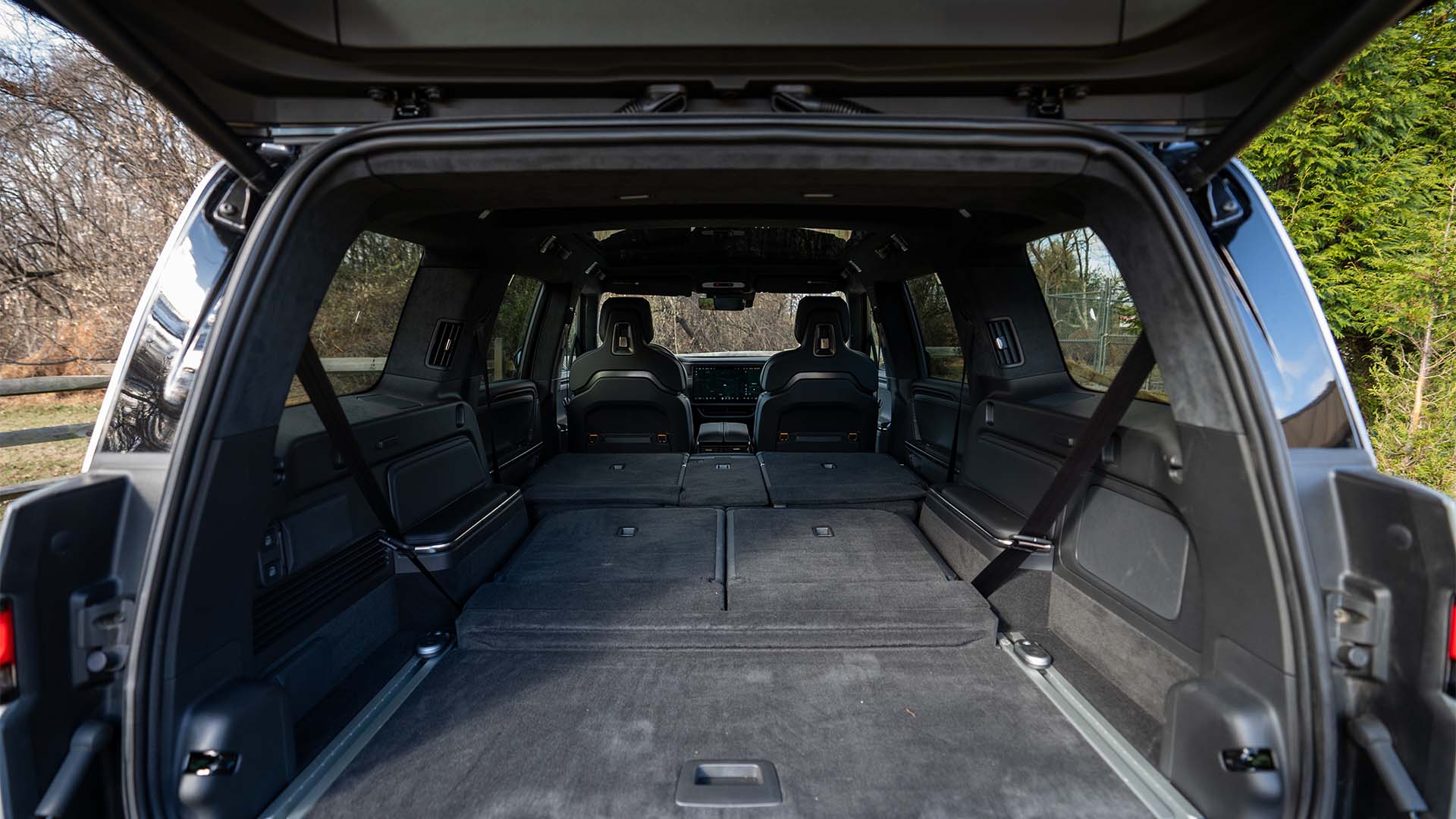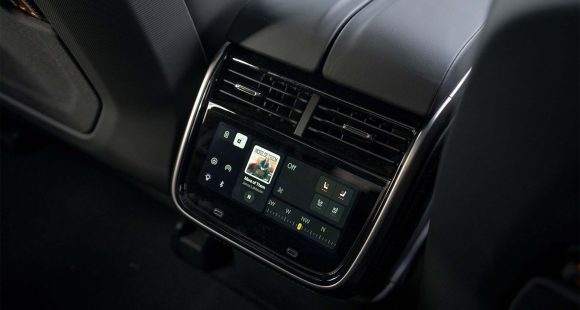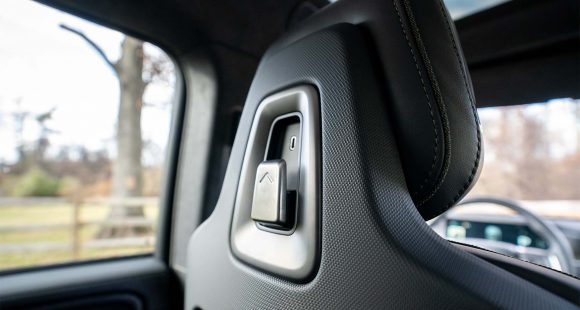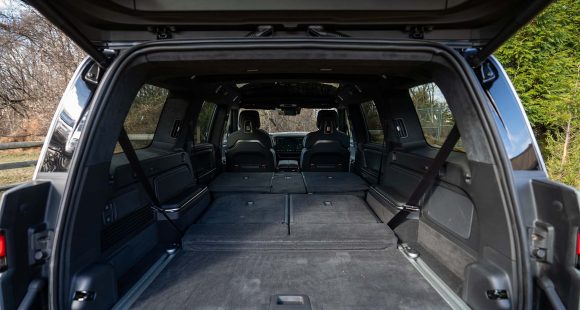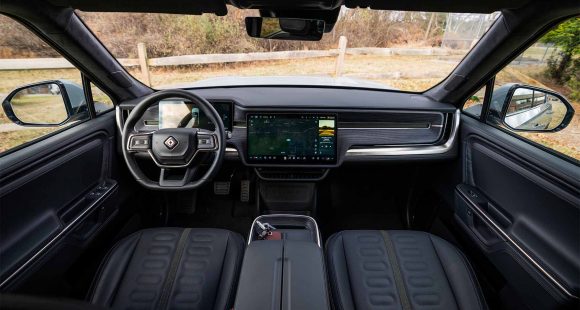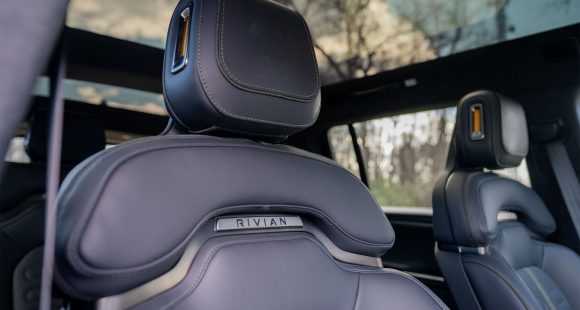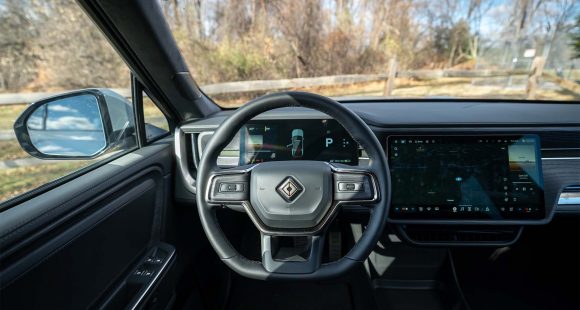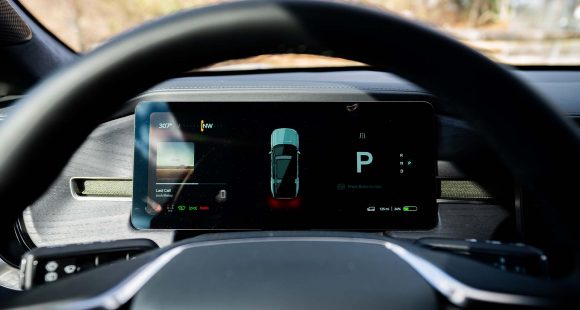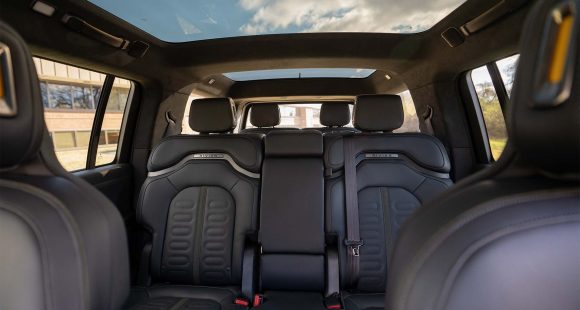2018 Jeep Grand Cherokee Trackhawk
By just about any measure, the Jeep Grand Cherokee is one of the most capable of all utilities. But there’s never been a Grand Cherokee quite like the Trackhawk. Think of it as the Challenger Hellcat’s outdoorsy uncle. You know, the one with Army Ranger skills that everyone’s a little bit afraid of. Get the picture? Well maybe this will help.
High performance Grand Cherokees are nothing new of course, and even high performance SUVs in general are a dime a dozen these days. But there’s never been anything quite like this 2018 Jeep Grand Cherokee Trackhawk.
It’s the answer to the question, “what happens when you stuff a Hellcat engine into one of the most-in-demand SUVs of all time.”
And if you don’t know what a Hellcat engine is, allow us to introduce you to 707-horsepower of HEMI awesomeness, from a 6.2-liter supercharged V8 engine that spins up 645 lb-ft. of torque.
 Yes, that’s a lot of power; and yes it does move this GC around like its 5,300-lbs are not subjected to earth’s normal laws of gravity.
Yes, that’s a lot of power; and yes it does move this GC around like its 5,300-lbs are not subjected to earth’s normal laws of gravity.
Indeed, straight-line is where it’s at for this 4X4. After dialing the launch control to 1,900 RPM; we just let the GC monitor power, as we just floored it, released the brake, and held on; hitting 60 in 3.5-seconds on our first try.
There’s plenty of traction for making that leap, planting you firmly into the seat. And with Torque Reserve constantly feeding more and more power in; that feeling never lets up until you back off the throttle.
On the road, there’s plenty of typical Grand Cherokee comfort, but with pleasant sounds of Hellcat creeping in; though supercharger whine seems more subdued here than in the Challenger and Charger. Plus, it can trailer tow a hefty 7,200 pounds.
It’s not the softest of highway rides, as the suspension has been stiffened, and wheels are 20’s.
Of course the transmission, an 8–speed automatic, as well as all driveline components have been beefed up to handle the middle-management stress of delivering that much power to the pavement.
 With distinctive yellow calipers, the Brembo brakes are bigger than those on Hellcat cars, and do a tremendous job of quickly stopping this beast.
With distinctive yellow calipers, the Brembo brakes are bigger than those on Hellcat cars, and do a tremendous job of quickly stopping this beast.
All-wheel-drive management deploys power differently, whether you’re accelerating in a straight-line or towing; even defaulting to rear bias in Track mode for road course work. And yes, you can haul this thing around a race track, which we did at New Hampshire’s Club Motorsports.
Clicking the steering wheel–mounted paddles shifters results in immediate gear changes; and all of that power from under the hood, basically negated all of this track’s elevation changes.
It does take a while to feel truly comfortable stuffing a heavy SUV into a corner; but once you get used to it, the Trackhawk is great fun; not quite a Porsche Cayenne, as it could use more steering feel, but way more than you expect from a vehicle that in its heart wants to be off pavement more than clinging to it at high speeds.
There’s very little roll; and while it’s fairly responsive to inputs, planning ahead and keeping those inputs smooth will give you the best results; as stability control will still cut in even in Track mode.
 Updates to the front end allow more air to come in, and there’s more going out as well…
Updates to the front end allow more air to come in, and there’s more going out as well…
GREG CARLOSS: “There’s also a quad exhaust system out back. There’s a bit of refinement to it. It’s not as brutal and aggressive as the Charger and Challenger, but still really nice. You get a lot of sound there (engine growls). Bang the throttle (engine growls) I mean it’s everything you want maybe just a little bit more refined than those other cars”
JOHN DAVIS: Things are dressed up inside, but it’s not as if build quality has been supercharged as well. There’s a nice, thick steering wheel, and great seats.
Bearing the double burden of being an SUV and a performance machine, Government Fuel Economy Ratings are pretty dismal at 11-City, 17-Highway, and only 13-Combined.
Still, no matter how bad-to-the bone it is, at the end of the day, it remains a Grand Cherokee, and a pricy one at that; $86,995. However, something comparable from Europe would require a 6-figure investment.
So whether you look at the 2018 Jeep Grand Cherokee Trackhawk as a family truckster built for track days, or a performance car that you can haul with; it’s a far-out piece of performance machinery, made with a formula that Fiat-Chrysler seems to have perfected.
Specifications
- Engine: 6.2 liter
- Horsepower: 707
- Torque: 645 lb-ft.
- 0-60 mph: 3.5 seconds
- EPA: 11 mpg city / 17 mpg highway
2025 Rivian R1S
Major Reboot for Rivian R1S
With just about every mainstream carmaker now onboard with battery-electric vehicles, EV-only brands are hoping there are still plenty of people out there willing to think outside the box. So, let’s see if Rivians latest R1S utility can make the case for taking the EV road less traveled.
Big changes have happened in the short time since the Rivian R1S first hit the streets three years ago. As for 2025, there are updates that touch just about every aspect of the vehicle. Yes, despite looking almost exactly the same outside, Rivian claims that beneath the surface, their entire electrical architecture has been significantly updated, eliminating a whopping mile and a half of wiring and 10 computer assemblies, allowing for more efficient operation.
But look closely and you will see their signature vertical oval headlights are updated with a new matrix of LED lights that can cycle individual elements on and off to provide maximum illumination where you need it without distracting oncoming drivers.
Not much change in the look of the interior either, but the synthetic leather upholstery is still very nicely done, though most touchpoints feel more rugged than luxury minded. With the exception of a couple controls on the steering wheel, you do still have to do almost everything on the R1S’s 15.6-inch touchscreen, but the user interface has been improved. So, while we do wish they could have reverse-engineered a knob or two into the mix, we realize full touchscreen interface is just what people expect in their high-end EVs these days, and at least it works better than before. And the gauge display still wows you with the amount of information it displays and is mounted high enough that no additional head-up display is needed. A new Rivian Autonomy Platform uses 11 cameras, five radars and A.I. for self-driving, or just to monitor what’s going on around the vehicle even when it’s parked.
This [EV] really feels fast, sitting you up high and throwing you back in your seat with authority.
Rivian has also given the R1S a substantial suspension revision with new spring rates, bushings, and mounts; along with new tuning for the adaptive dampers and roll-mitigation system. It does provide a more balanced street attitude, but it still rides like a truck. That’s great if that’s the experience you’re looking for; not as ideal if you’re looking for more of the smooth luxury-style treatment.
All R1Ss are all-wheel drive, but there’s a wide variety of powertrain options including a new Tri-Motor setup. Outputs range from the standard Dual-Motor’s 533 horsepower to the Quad-Motor’s impressive 1,025. There are several battery packs as well, delivering as much as 410 miles of range, giving the R1S the highest rating of any SUV on the market right now. Our Adventure trimmed tester featured the 665-horsepower Performance version of the Dual-Motor arrangement, with the Max battery and 20-inch wheels with all-terrain tires.
Theoretically, that setup is rated for 370 miles, but perhaps we were enjoying the “performance” theme too much as our results were well short of that, using 68% of the battery to drive only 189 miles, putting our estimated range around 278 miles. Using 43 kilowatts of electricity for every 100 miles earns the R1S a fair efficiency rating.
But all was forgiven at our Mason Dixon test track when this Rivian started blasting us to 60 in 3.8 seconds. Yes, there are faster EVs, but this one really feels fast, sitting you up high and throwing you back in your seat with authority, while the rear of the truck squats down substantially before hurling you off the line and down the track. Power delivery stayed strong the entire time, cranking away until we cleared the quarter-mile in 10.5 seconds at 108 mph.
Despite this utility’s substantial size and weight, we were able to keep a pretty fast pace through the cones of our handling course. The all-terrain tires obviously didn’t grip the pavement as well as all-seasons would, but the low center of gravity kept things very flat. Yes, it does feel very heavy, but the brakes were more than up to the task, stopping us from 60 mph in a very short 103 feet with surprisingly little nosedive and no fade.
Pricing starts at $77,700 for the Dual-Motor with Standard battery pack; our Dual-Motor Performance with the Max battery and All-Terrain Package came in just over $102,000.
While Rivian has had great initial success; sustaining that success will be a much tougher task. But, if they continue to put as much effort into improving their products as they have here with the 2025 R1S, we think their winning streak will only accelerate.
Specifications
As Tested
- Motor Setup: Dual Motor
- Battery Size: 141.5 kWh
- Horsepower: 665
- Torque: 829 lb-ft
- EPA Range: 370 miles
- 0-60 mph: 3.8 seconds
- 1/4 Mile: 10.5 seconds at 108 mph
- Braking, 60-0 (avg): 103 feet
- MW Test Loop: ~278 miles








